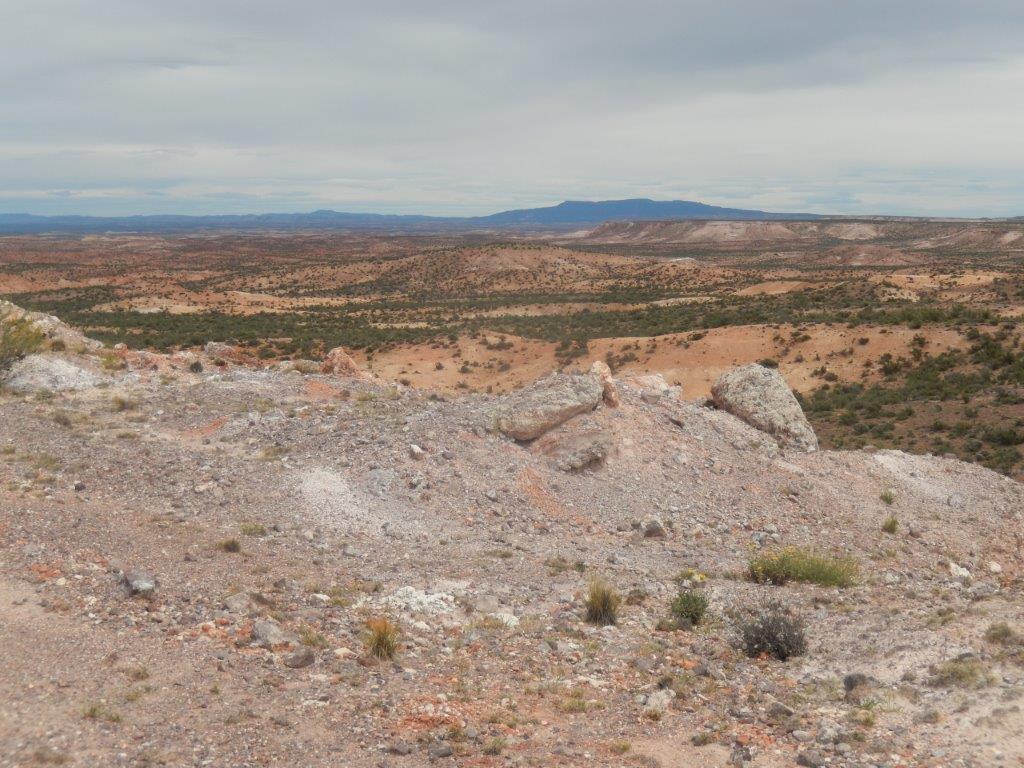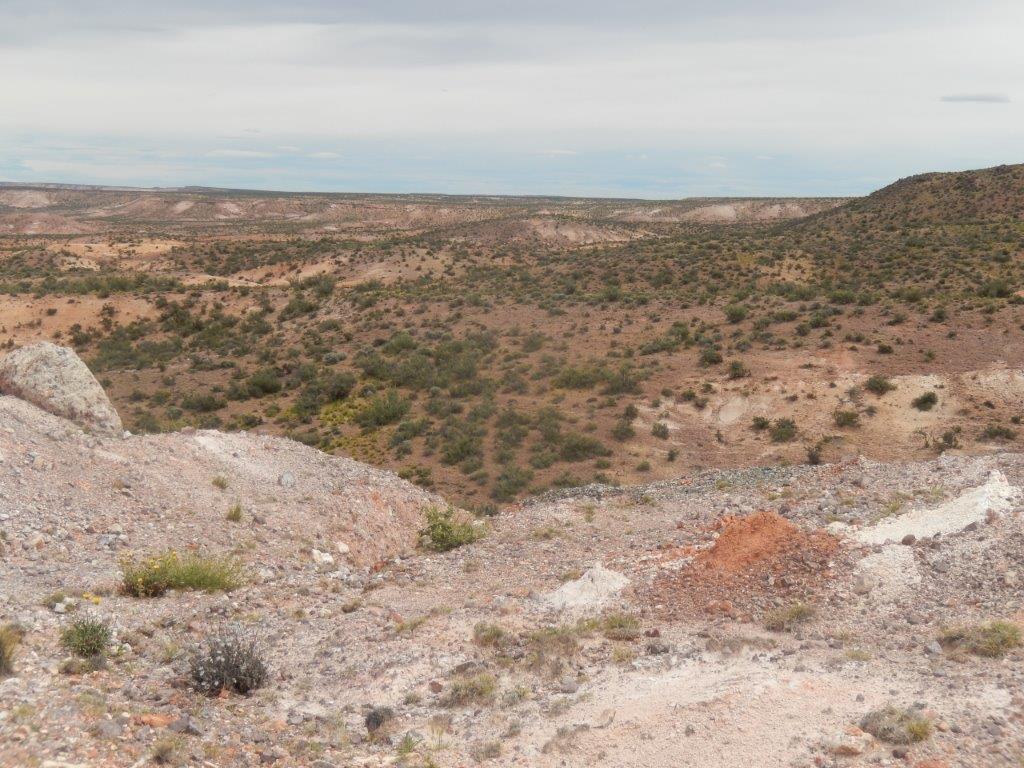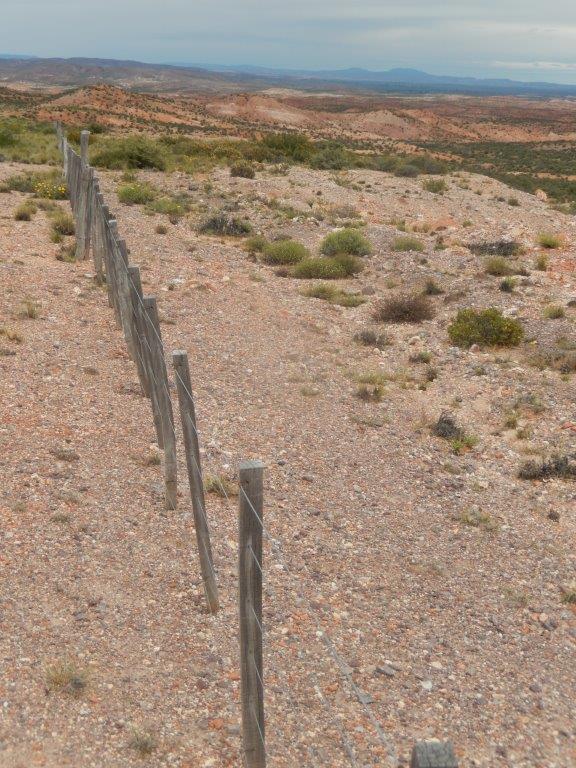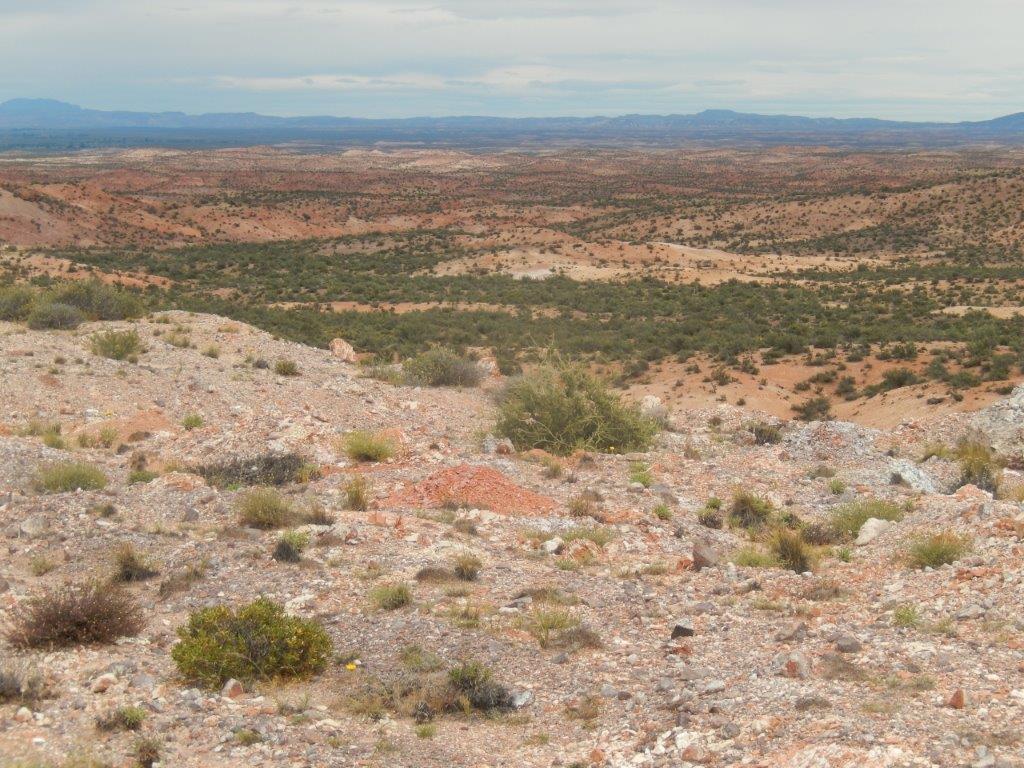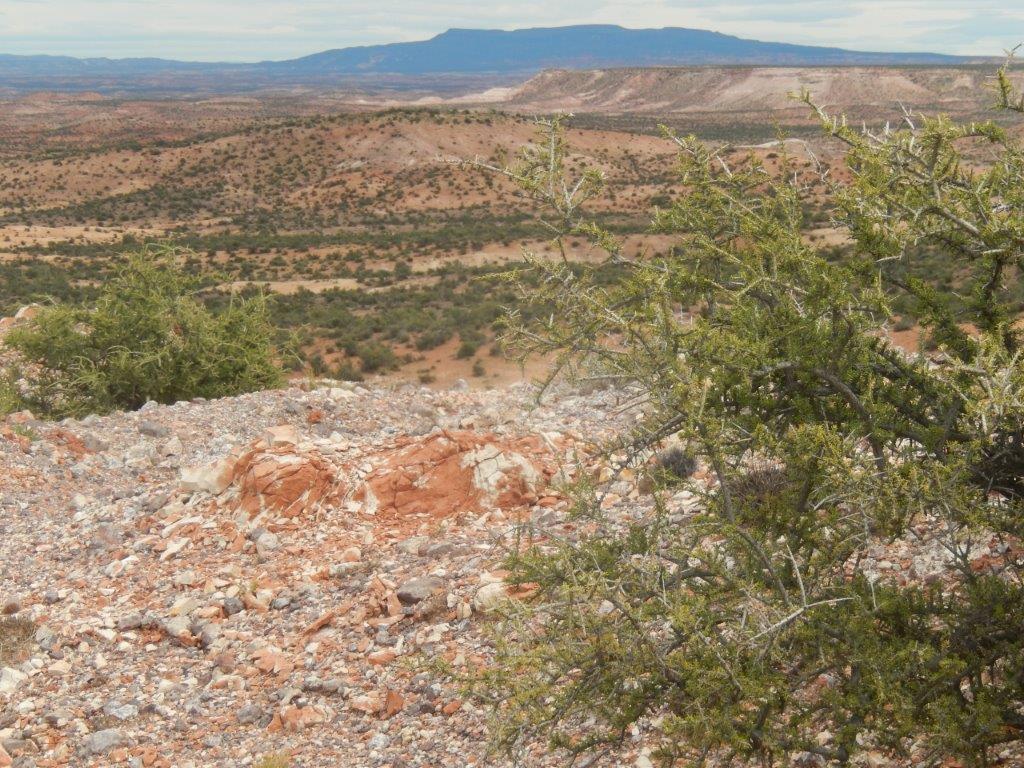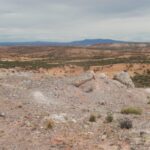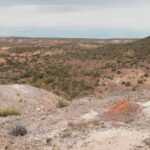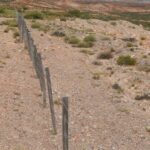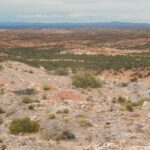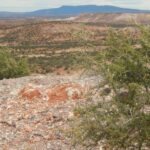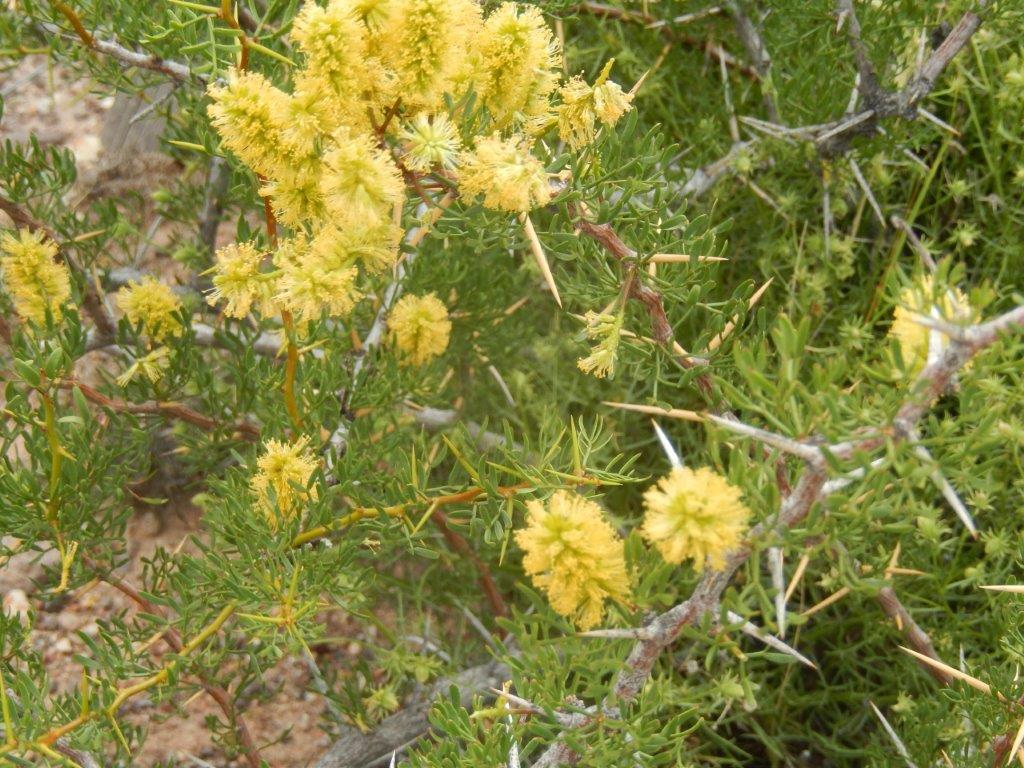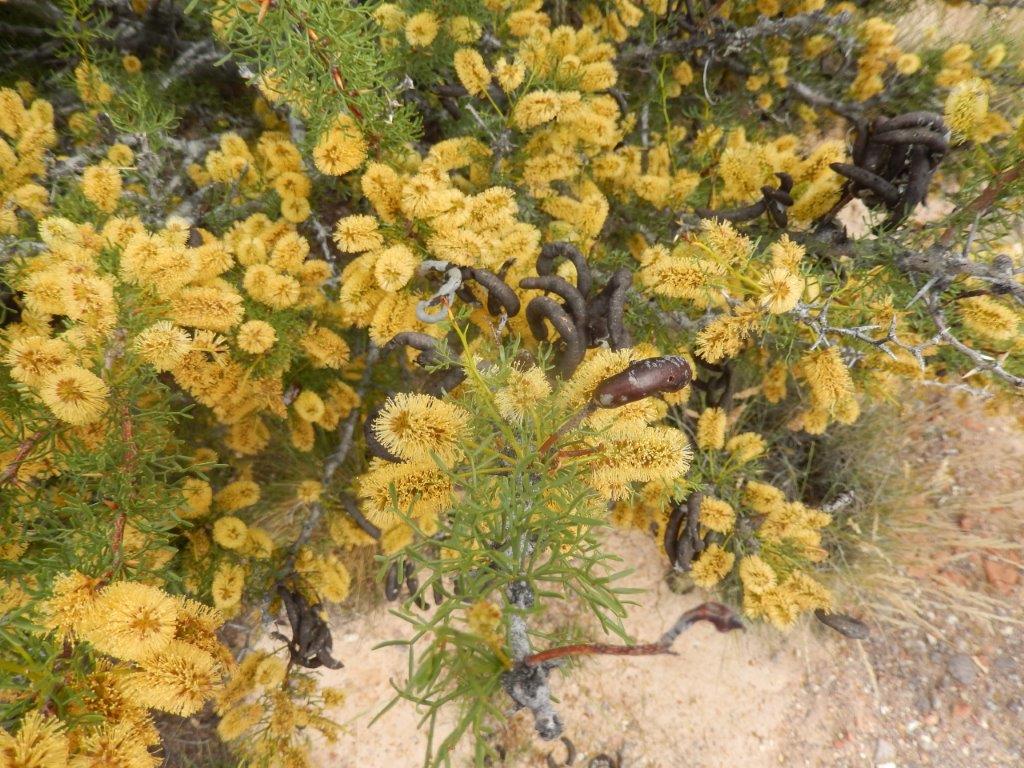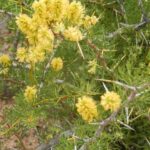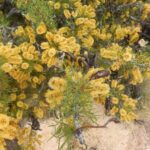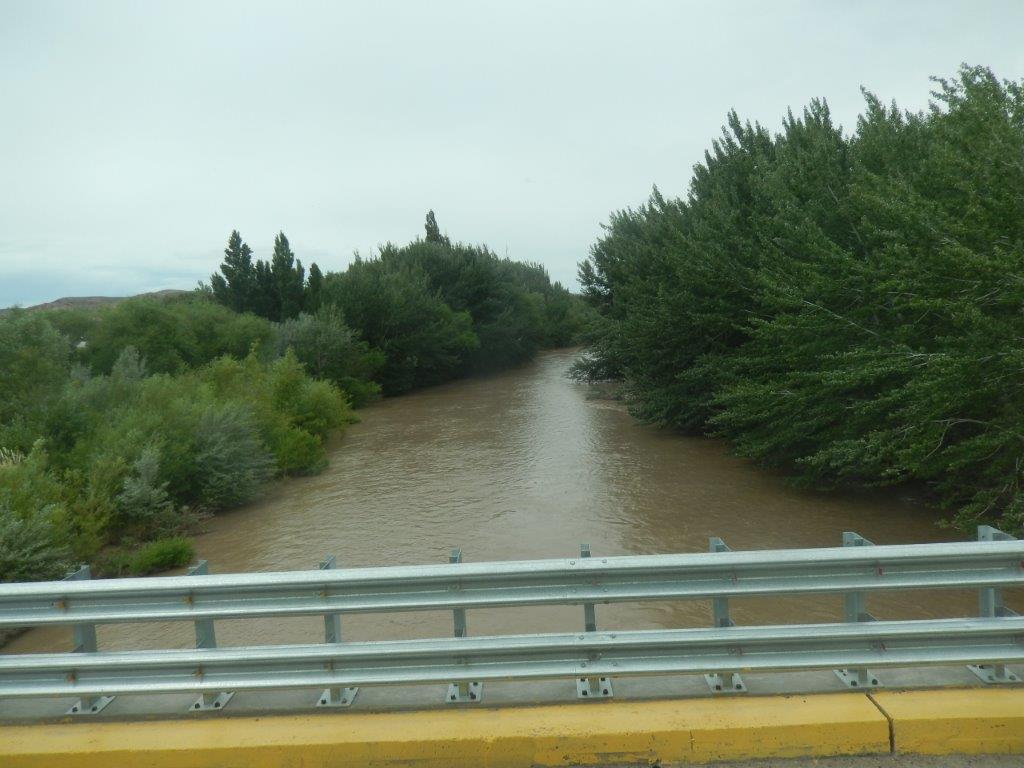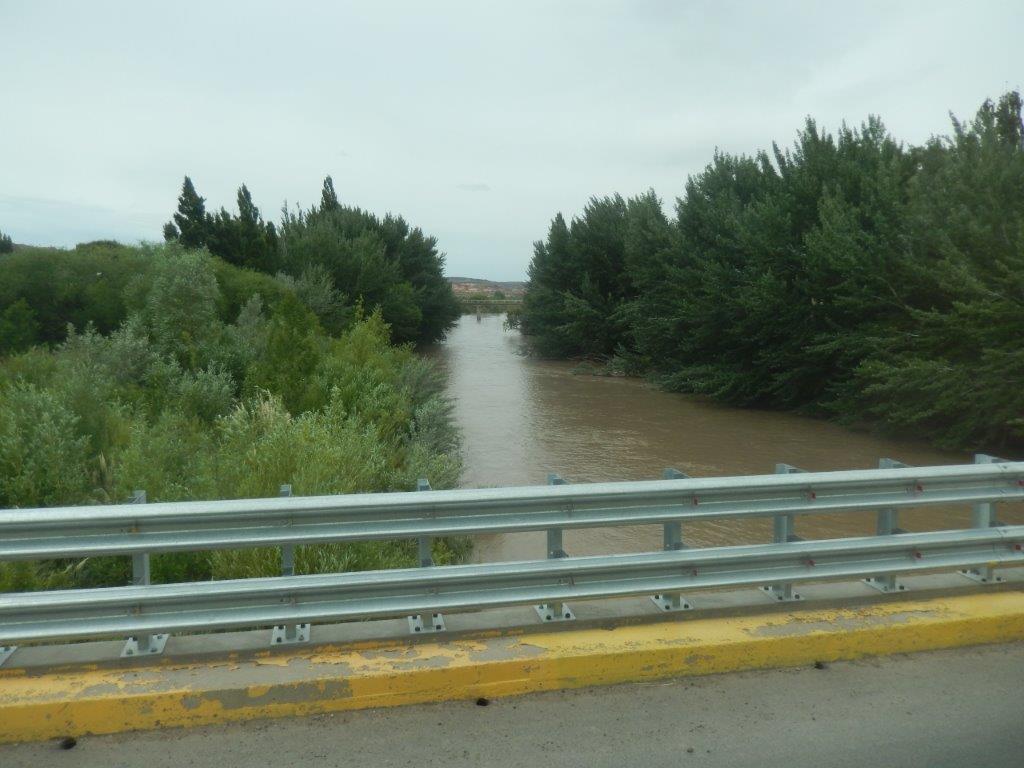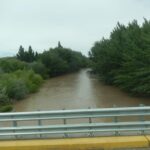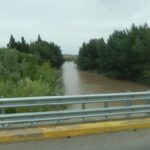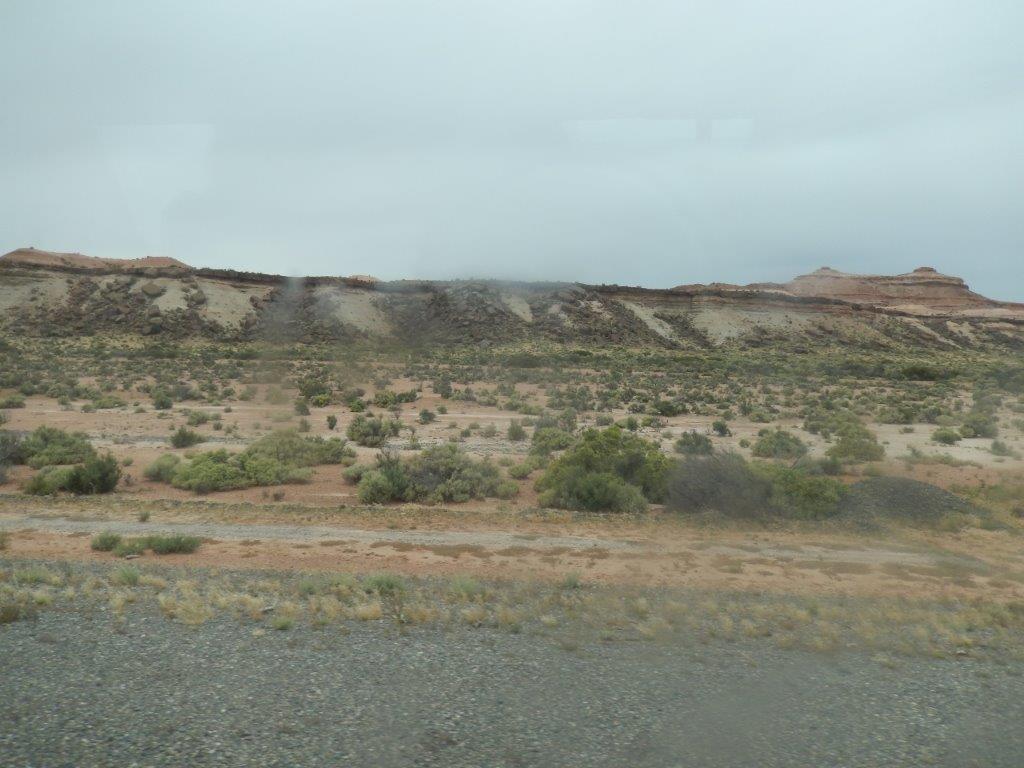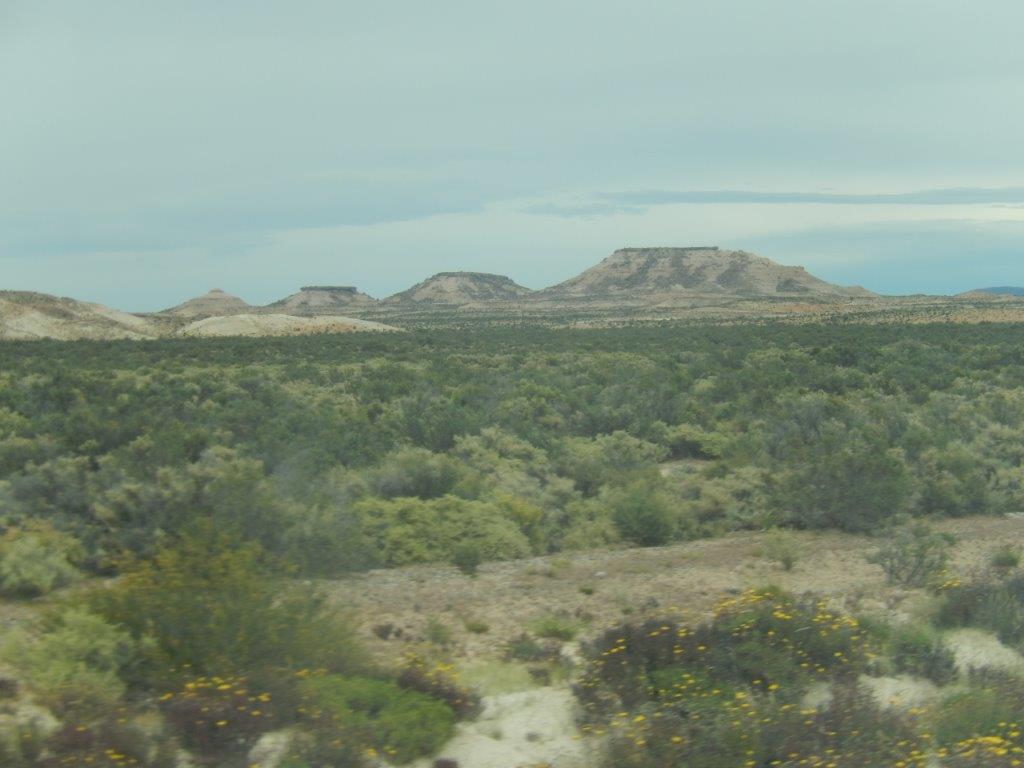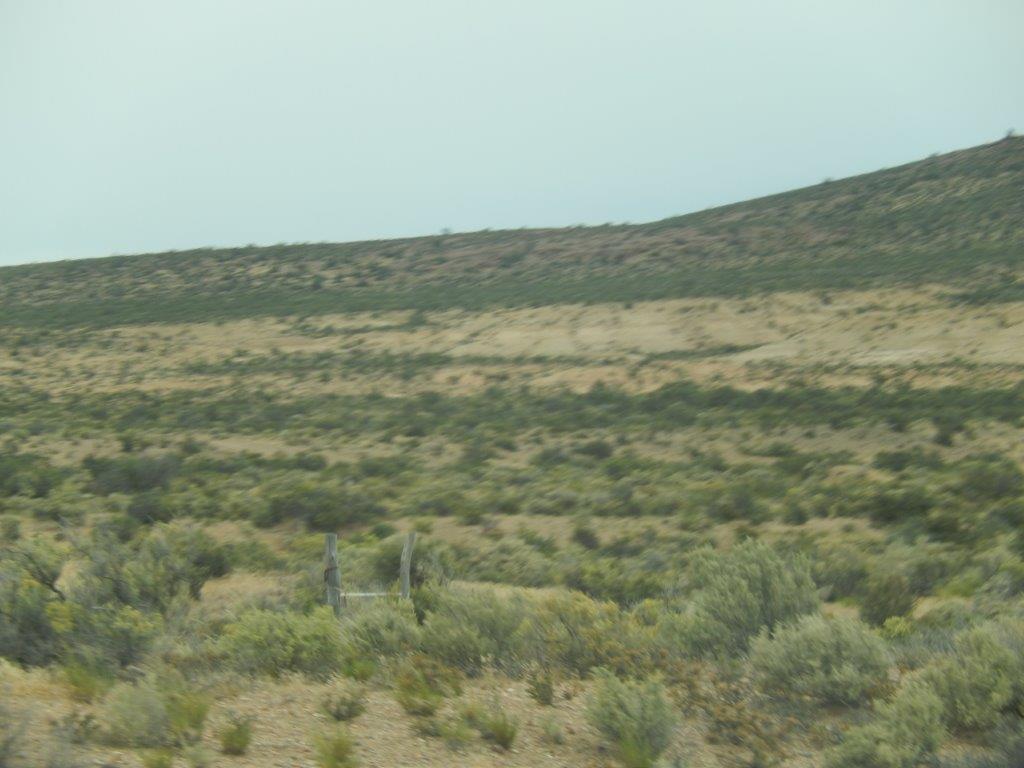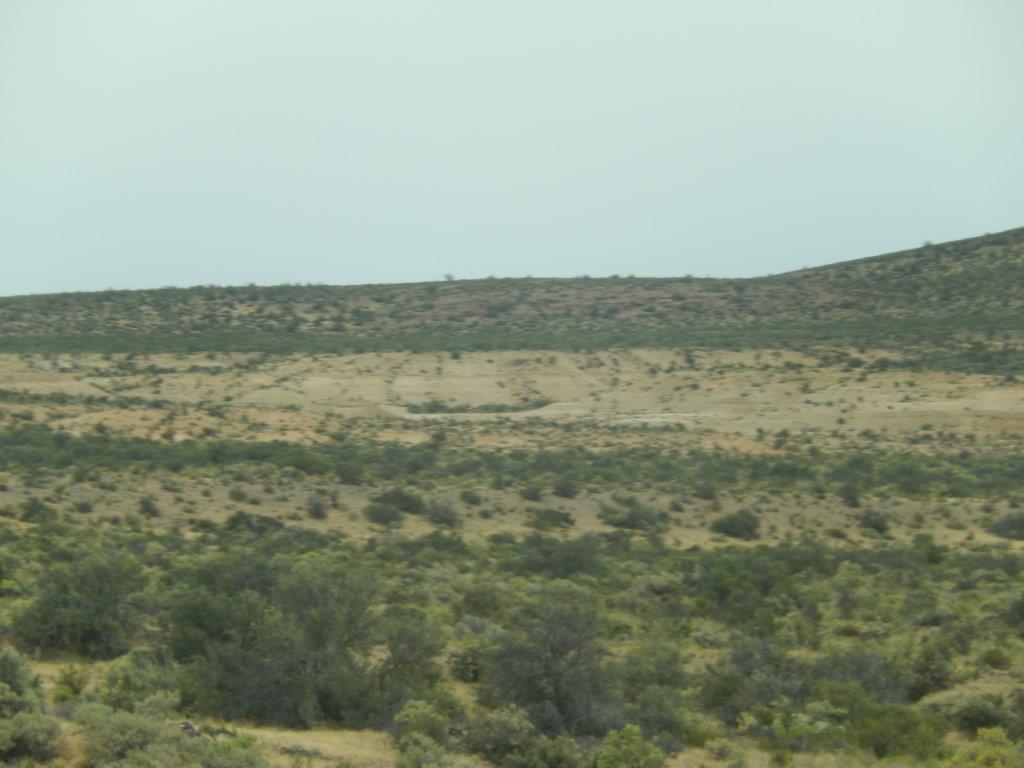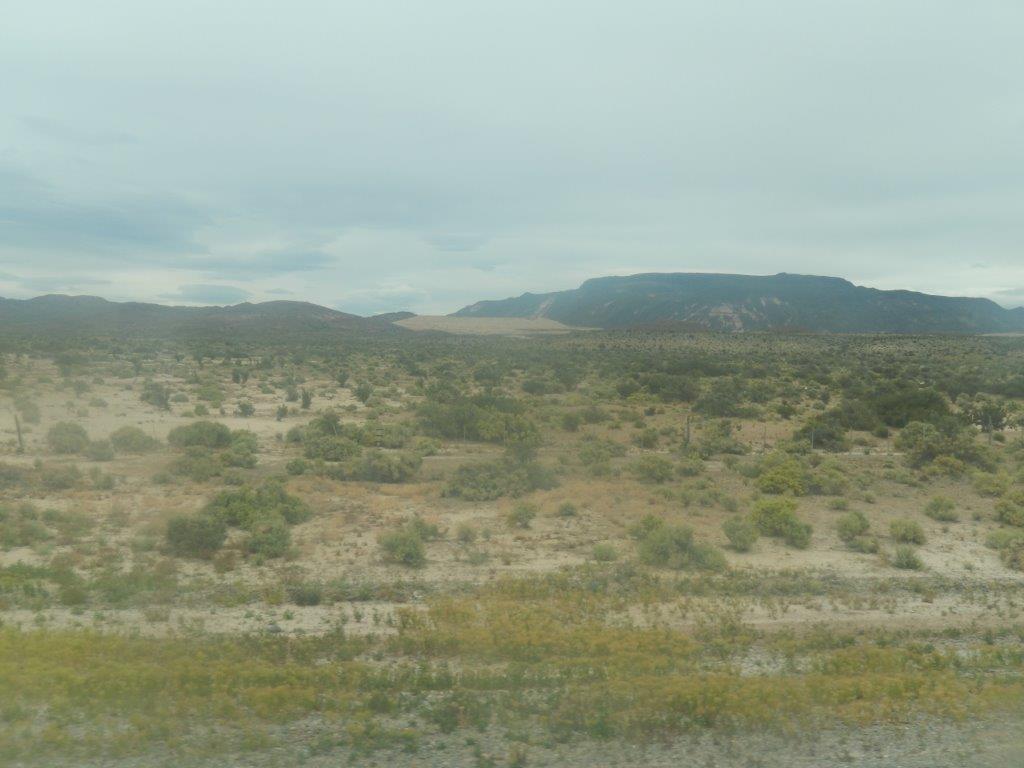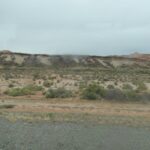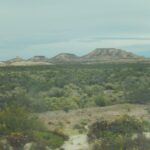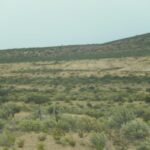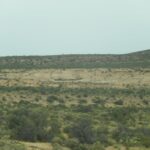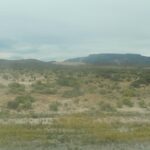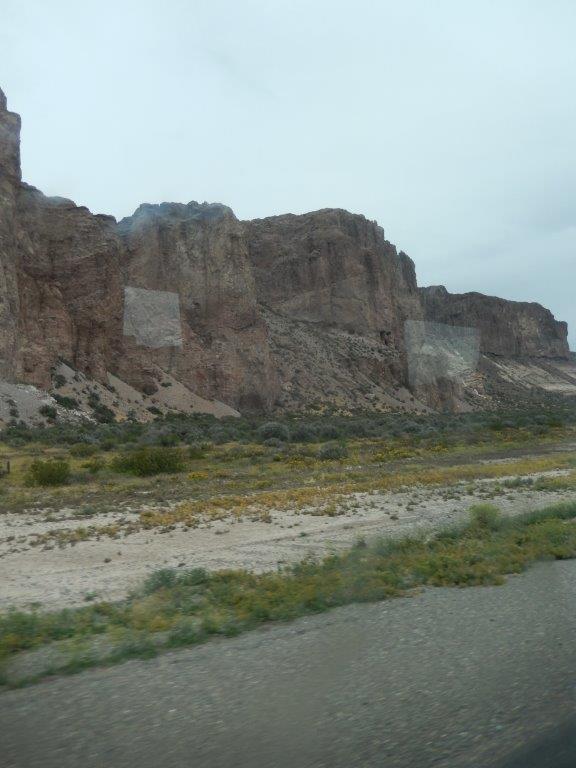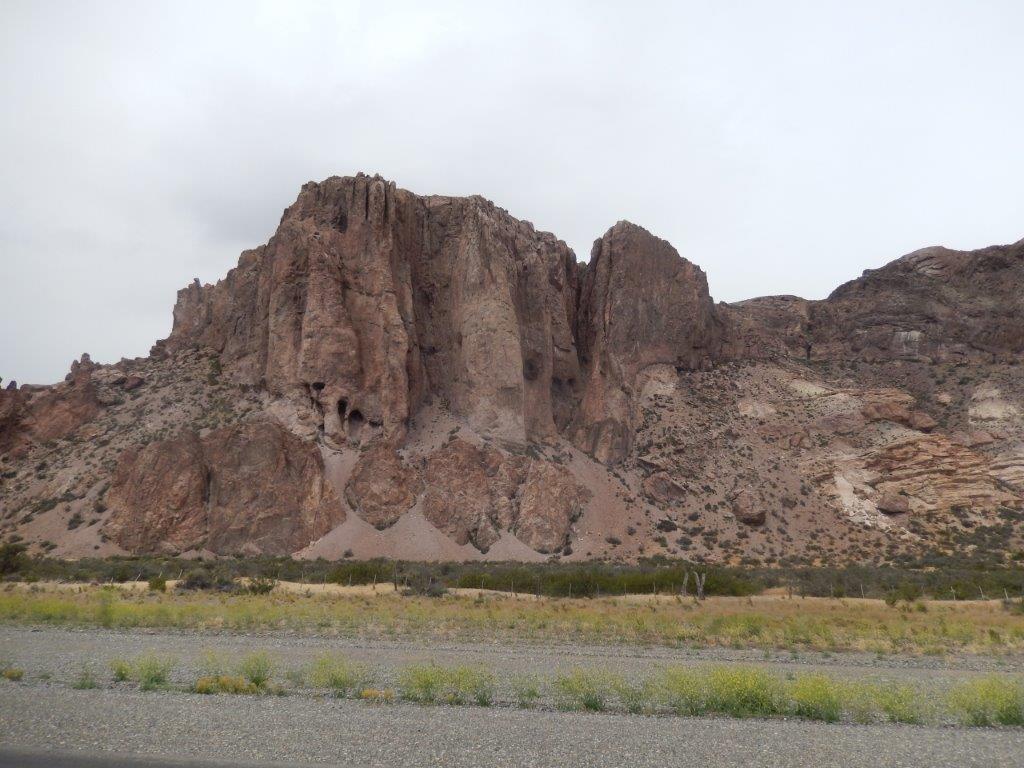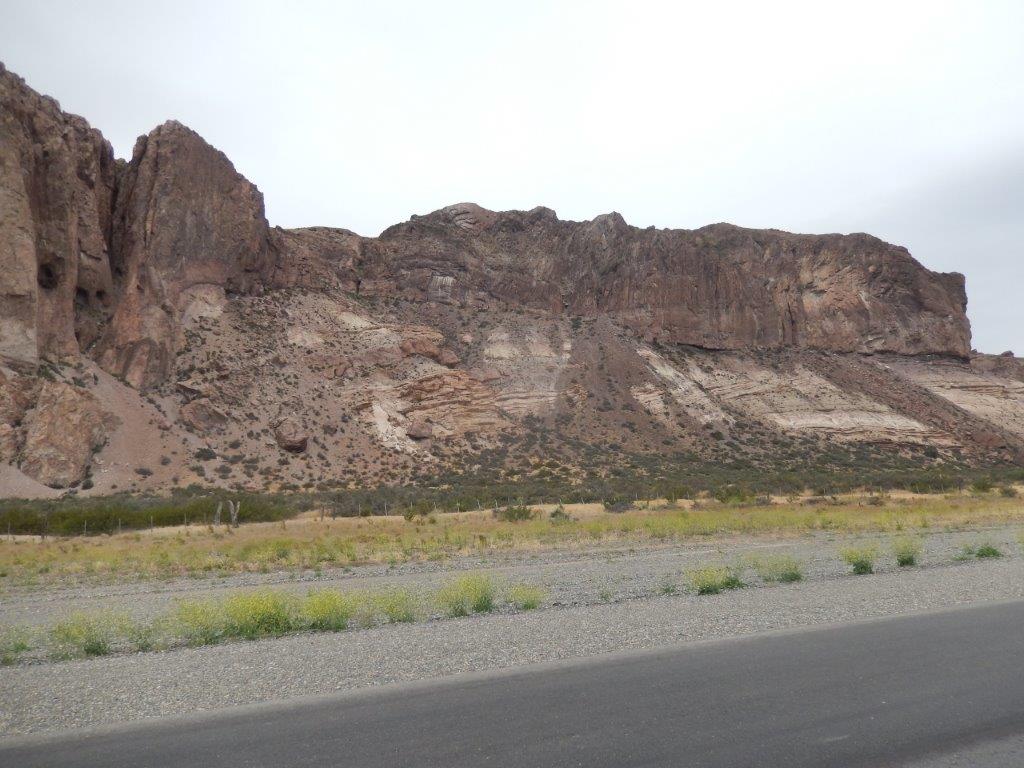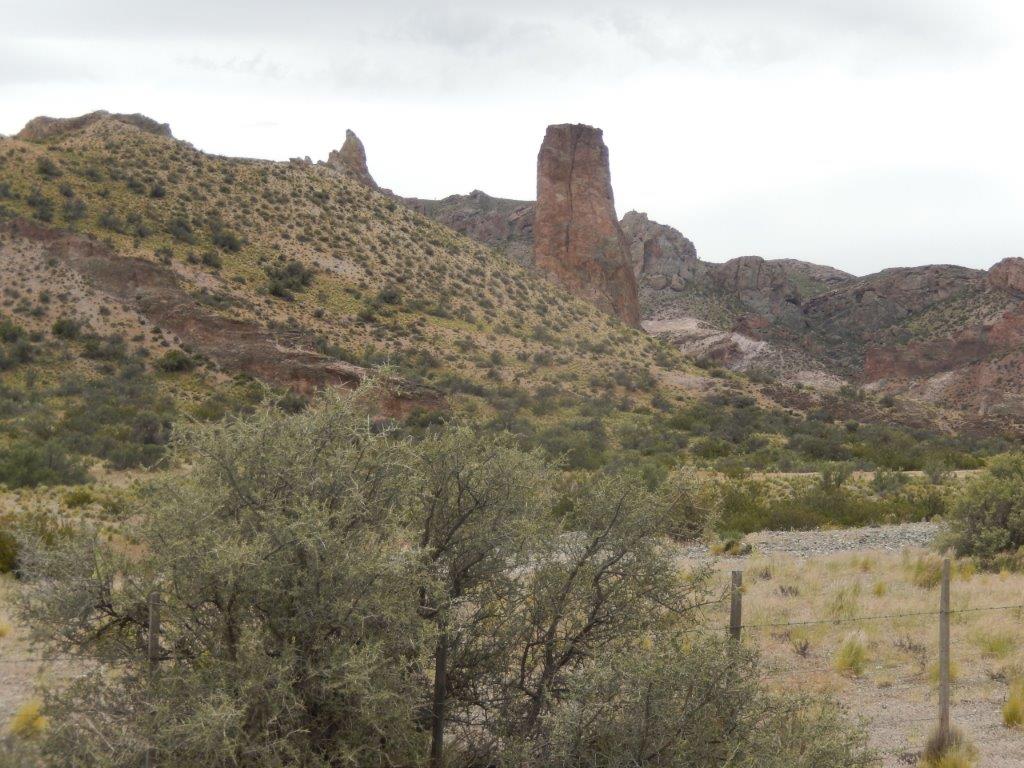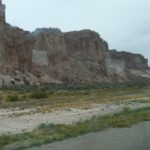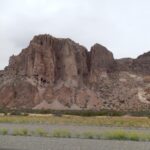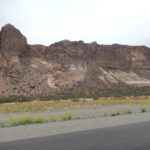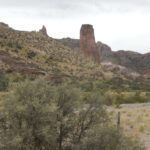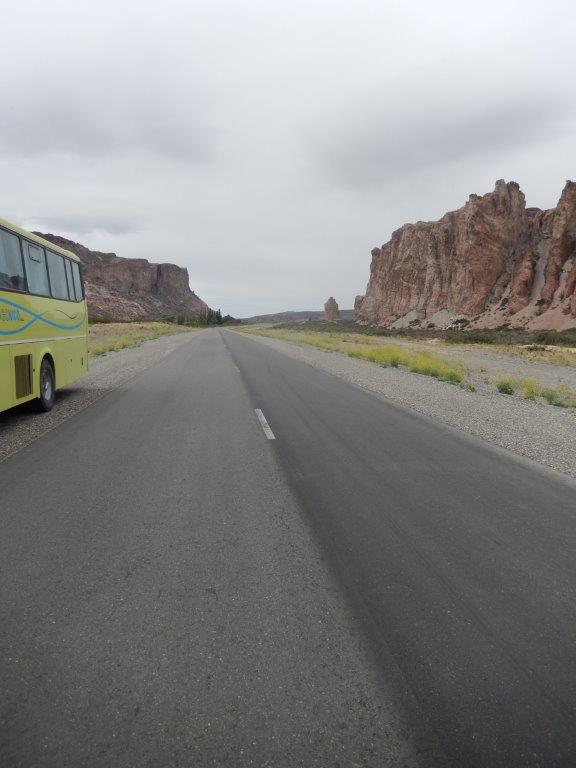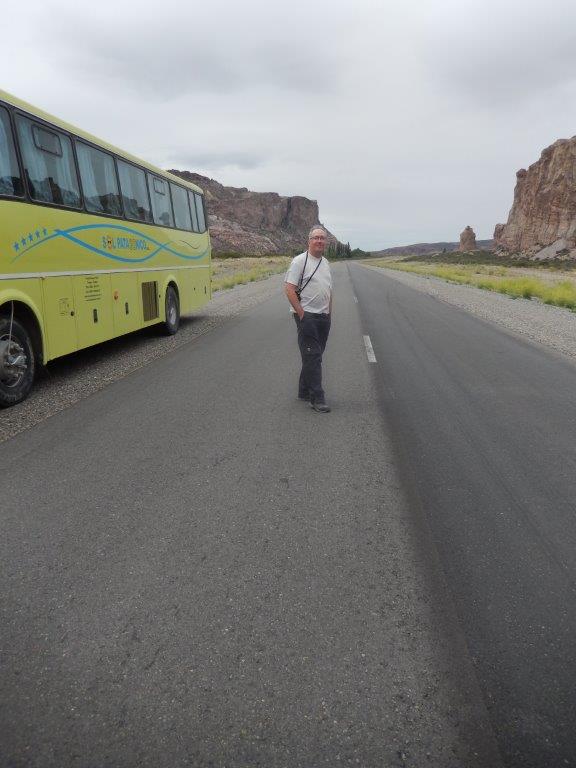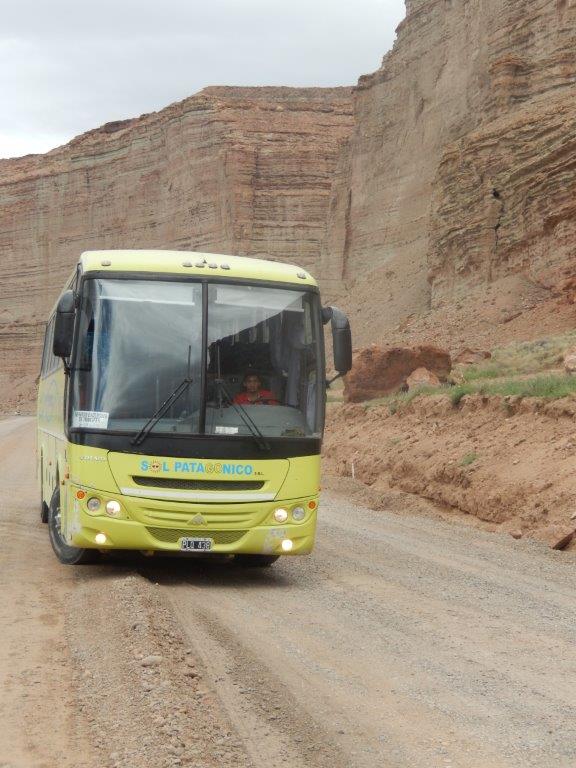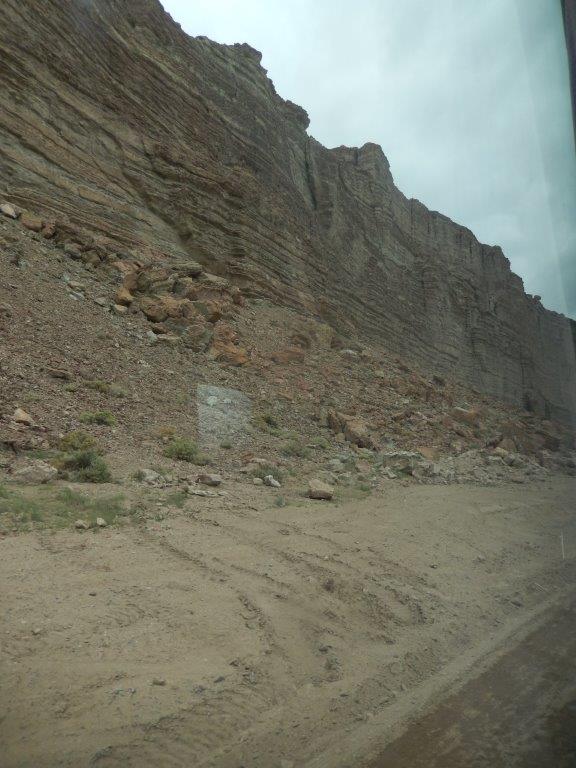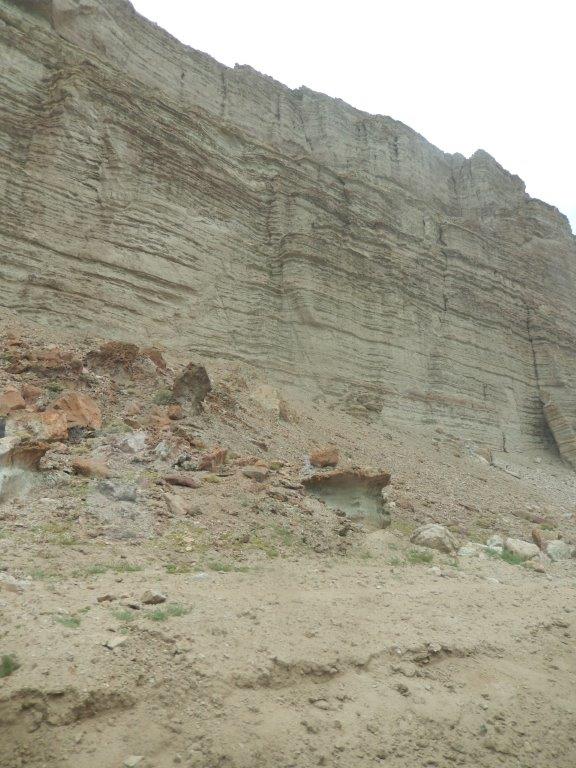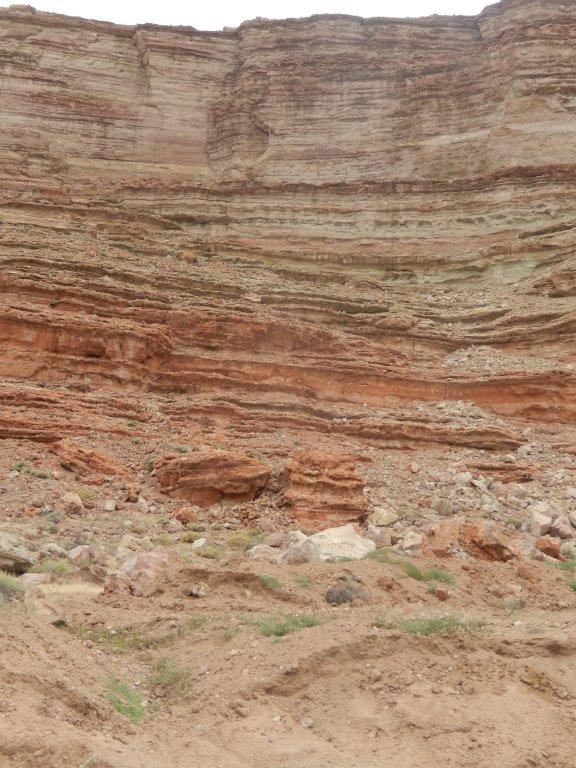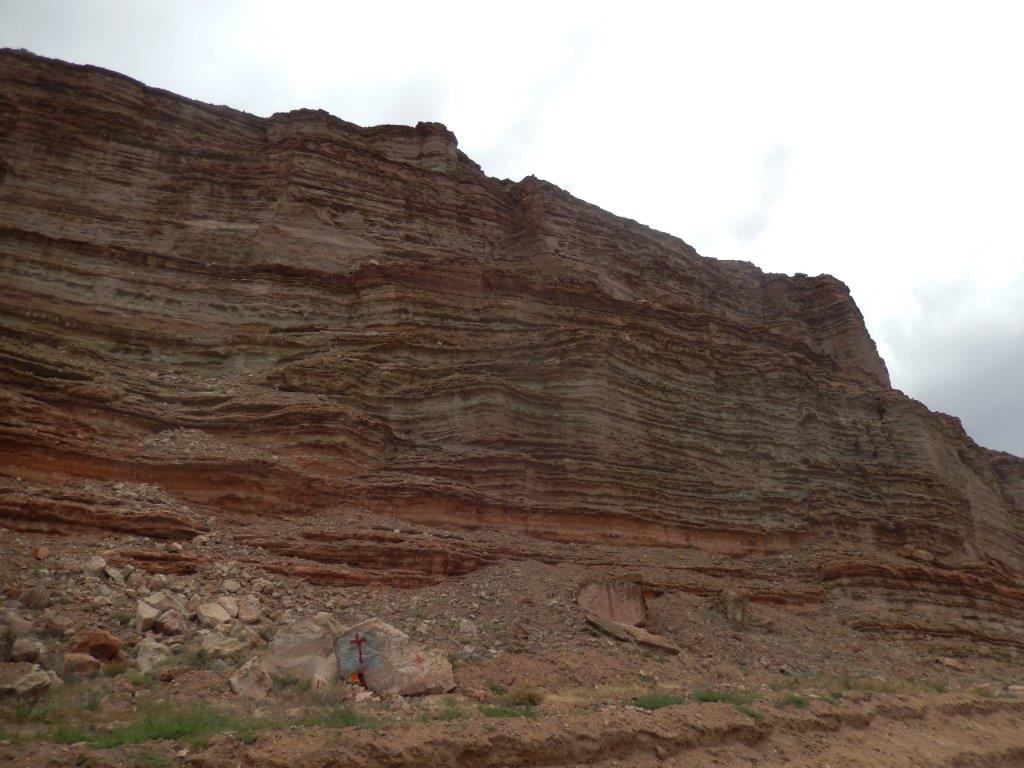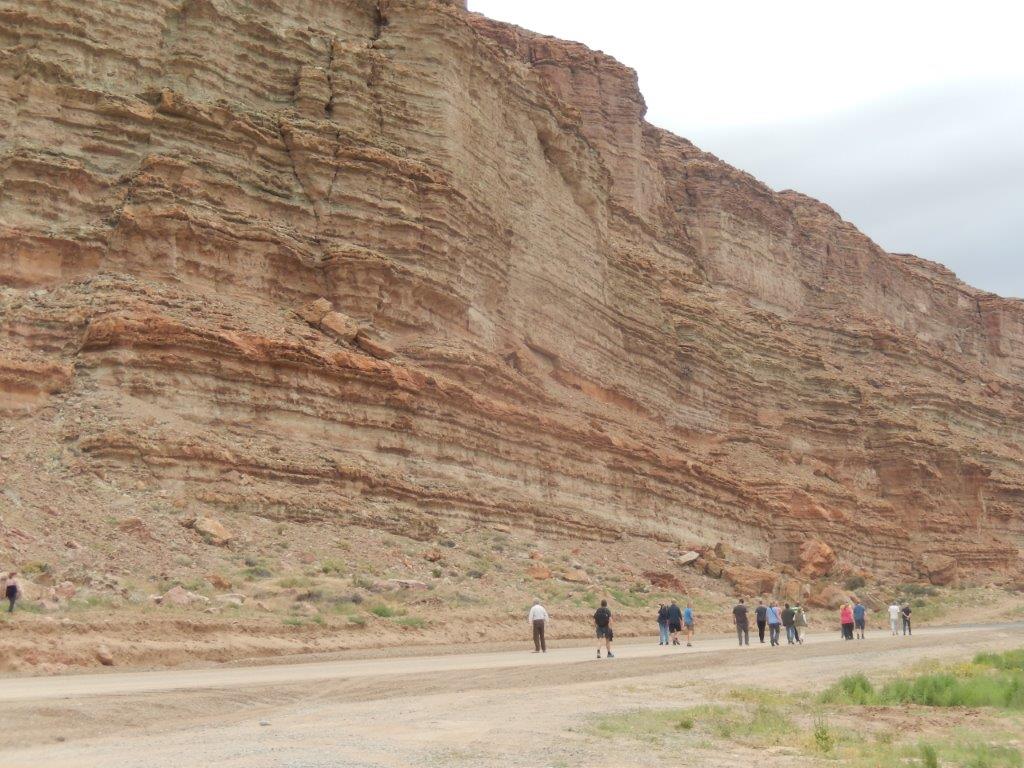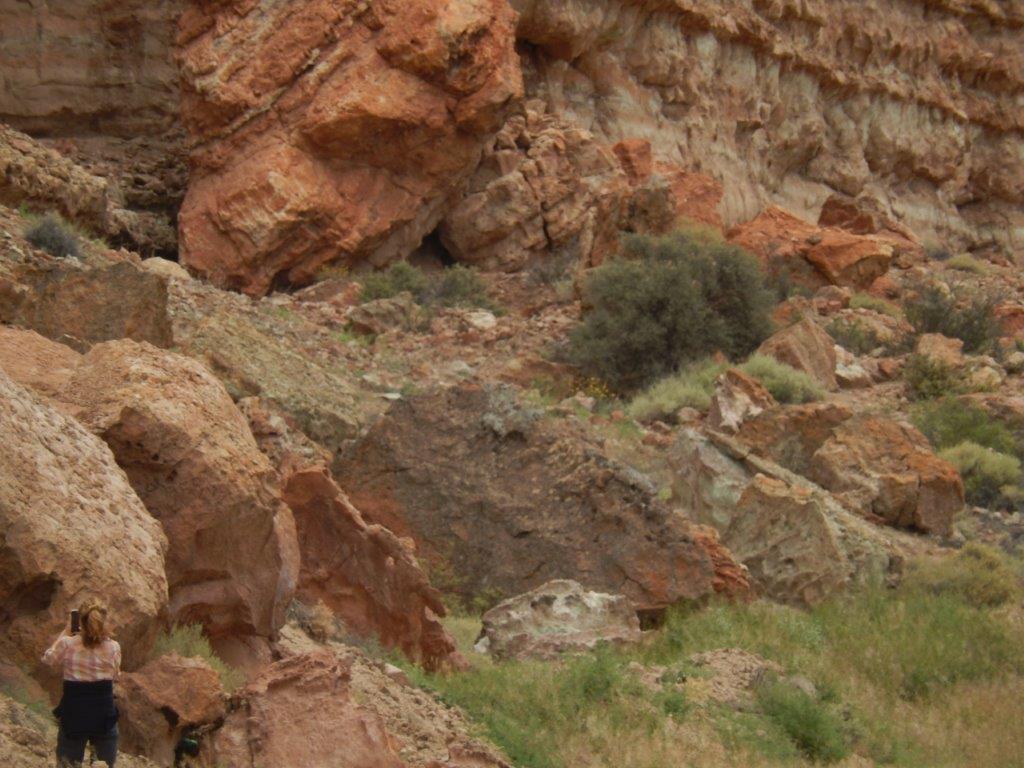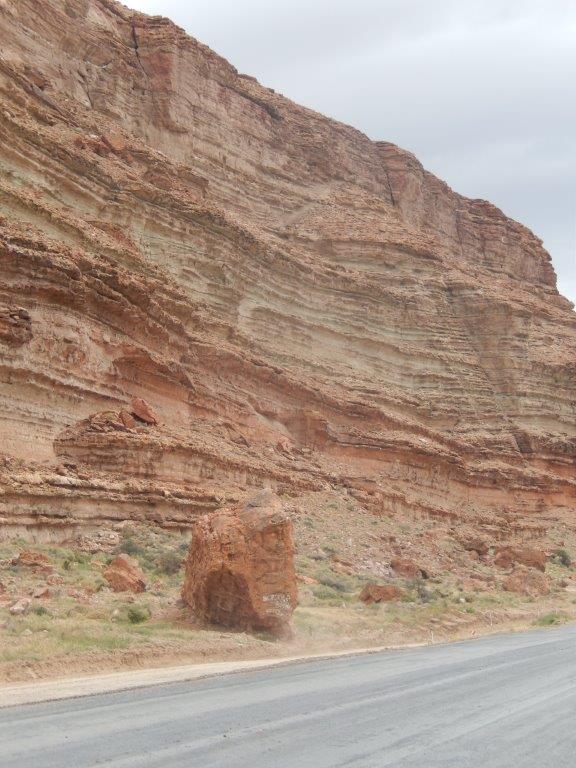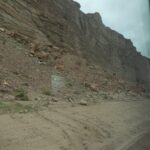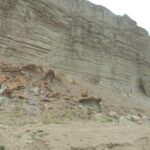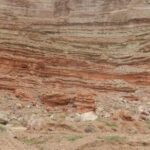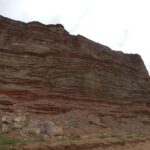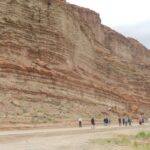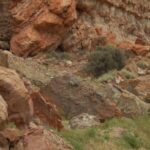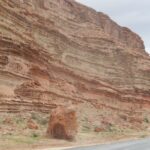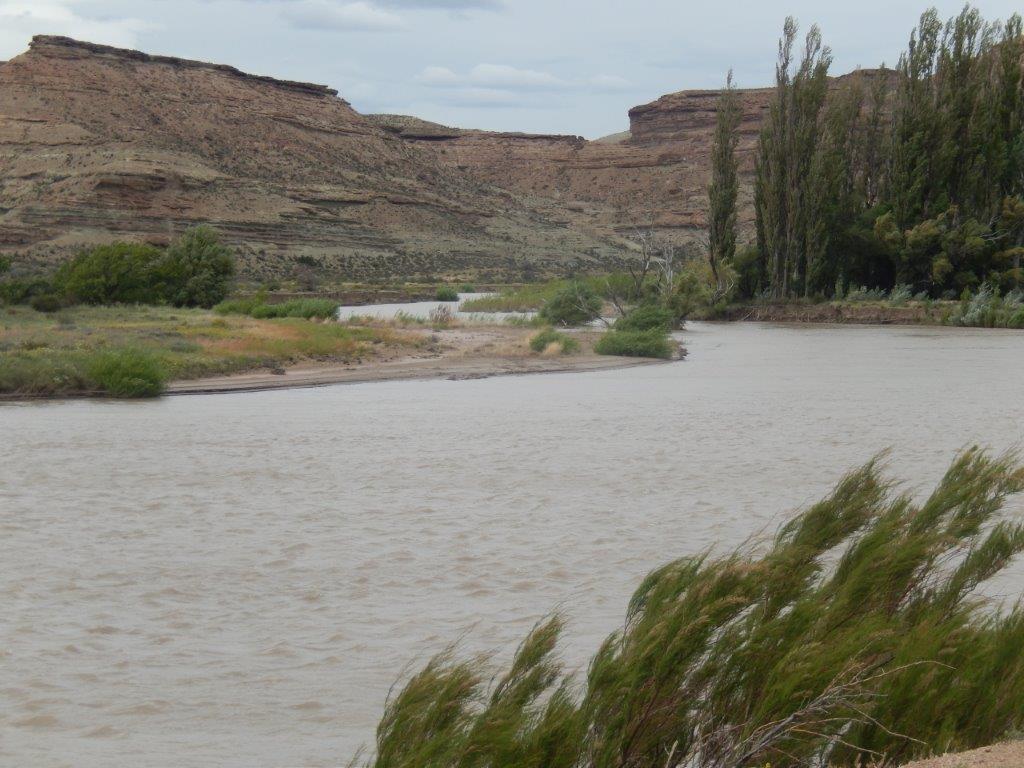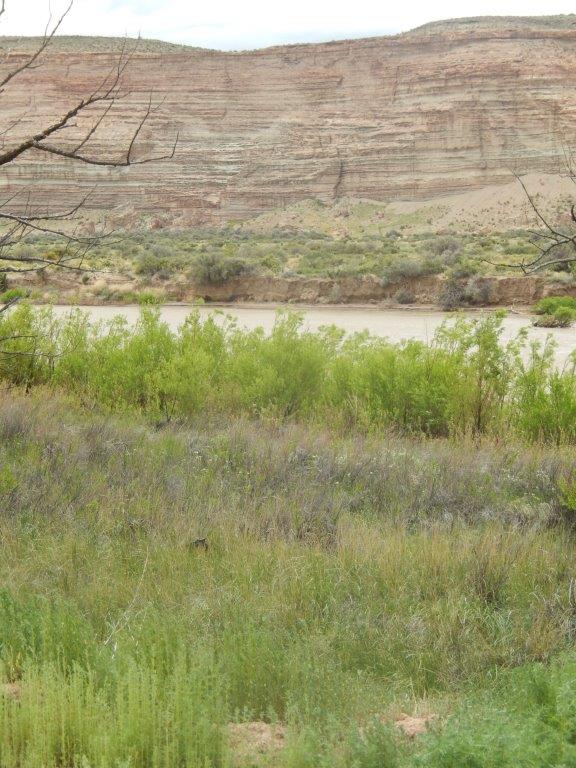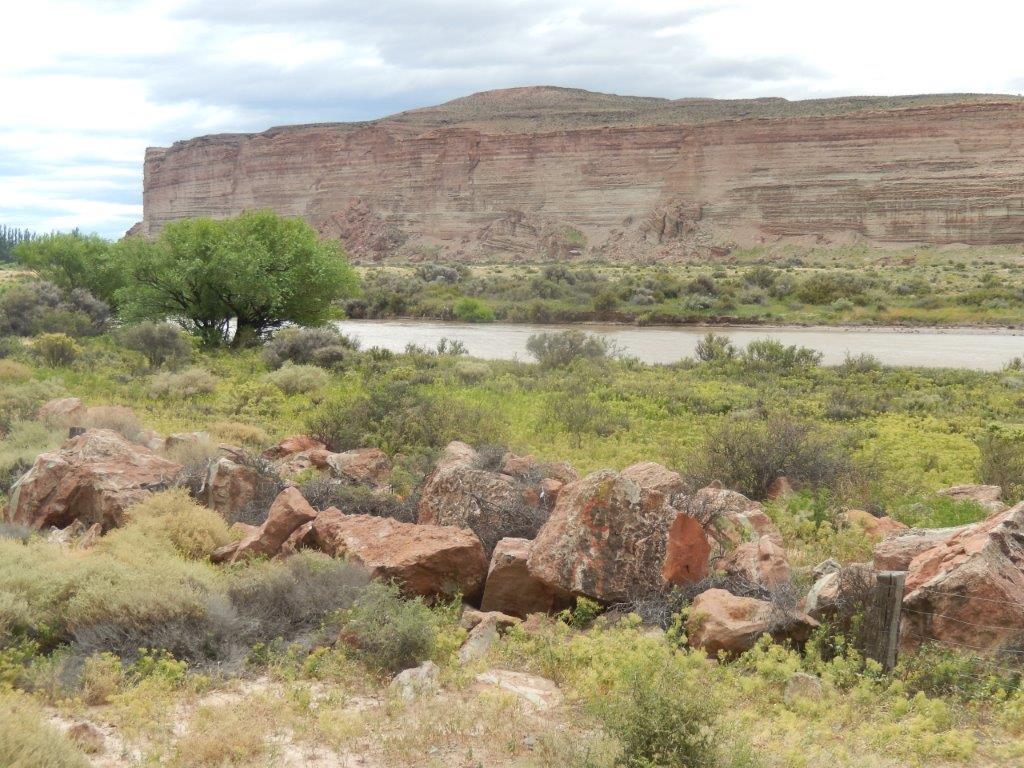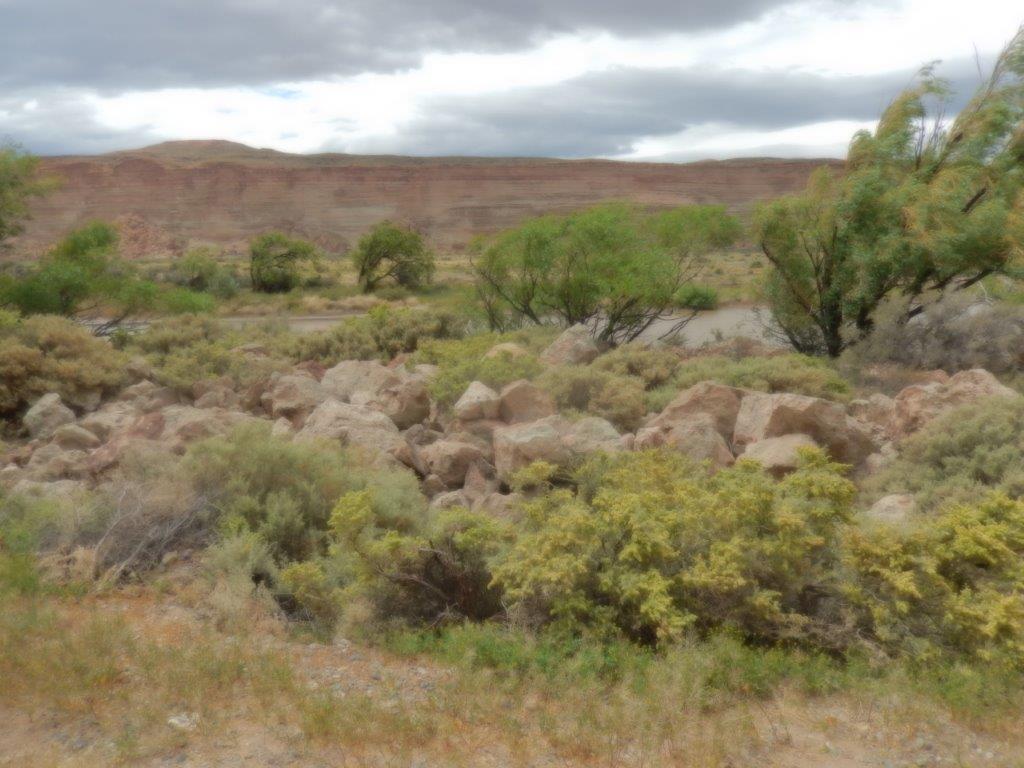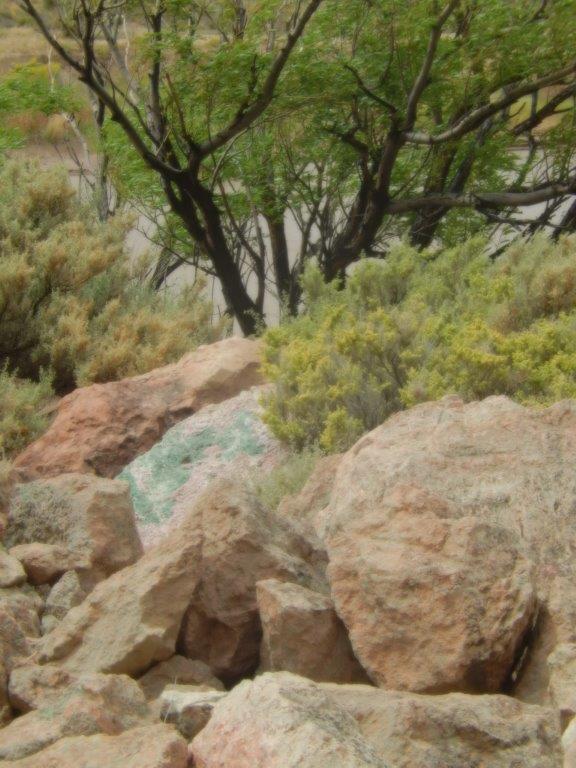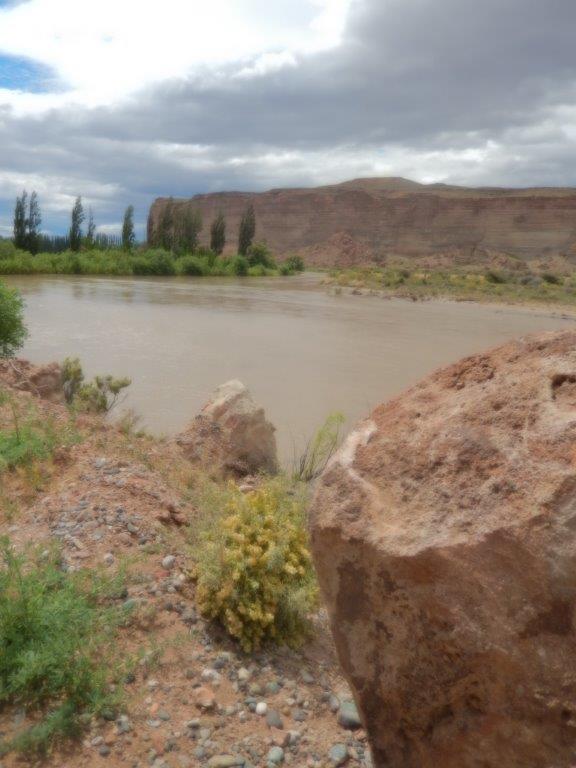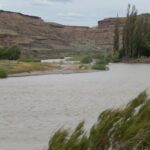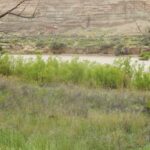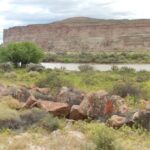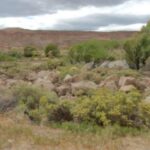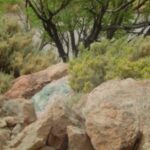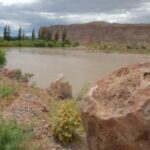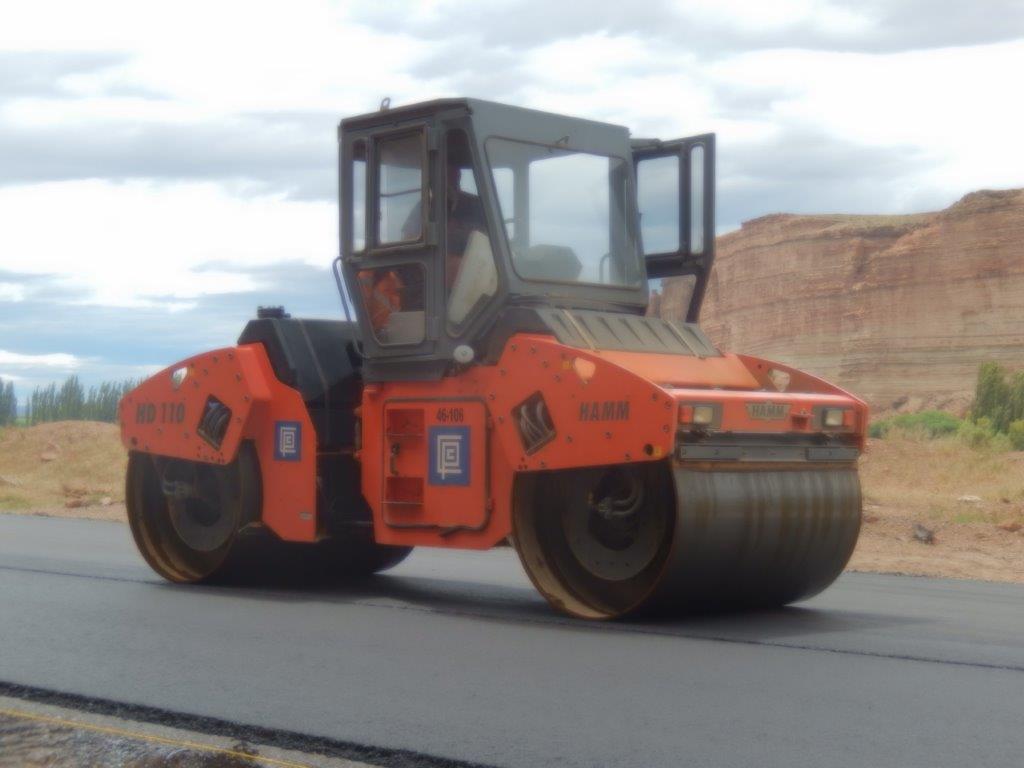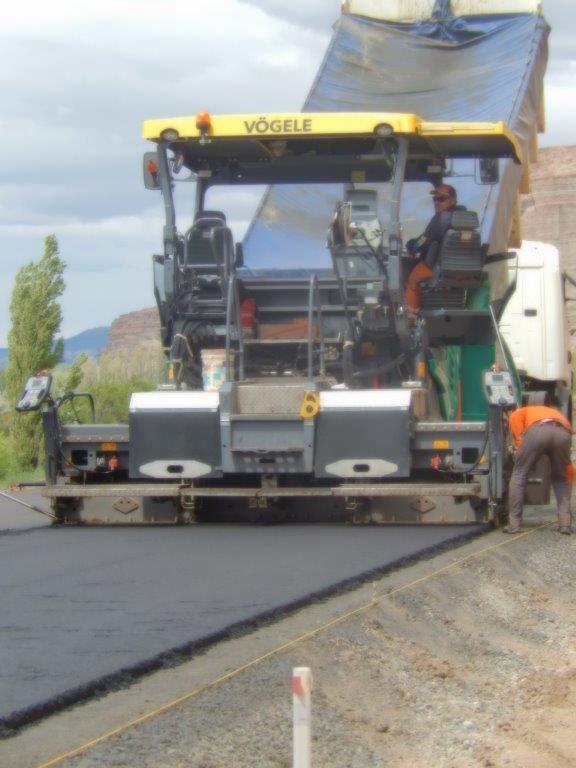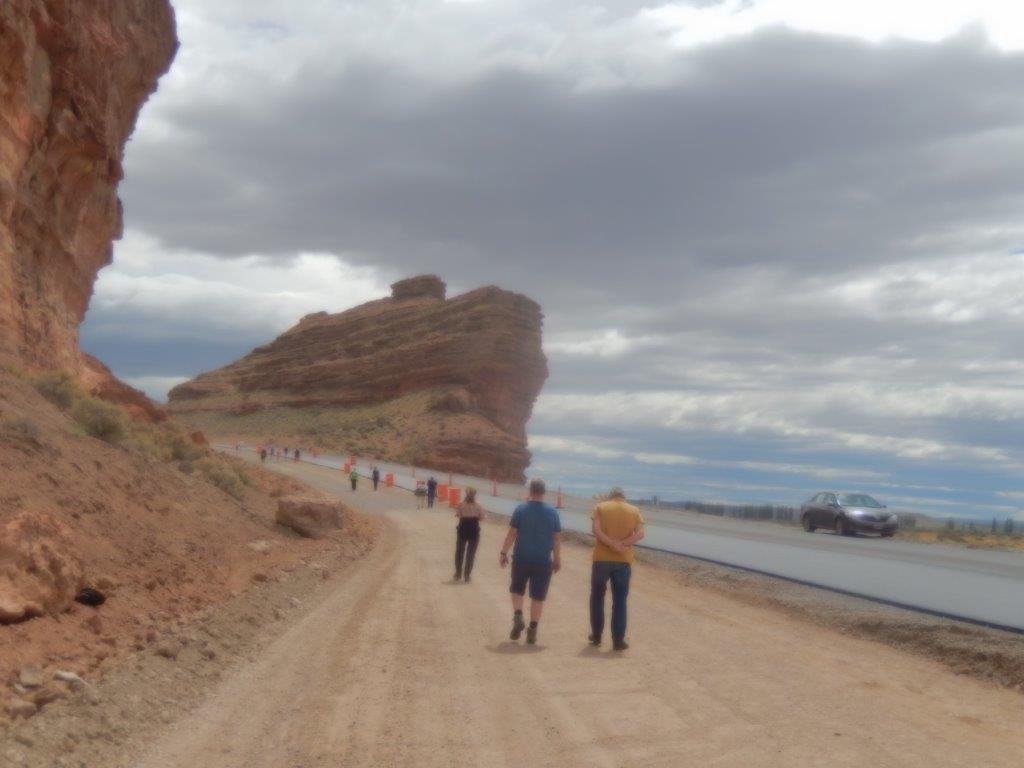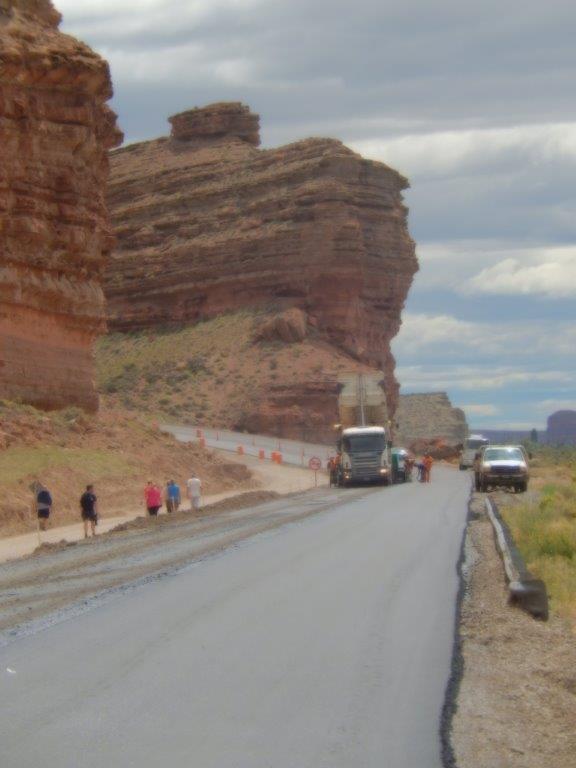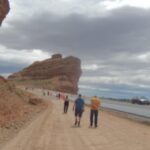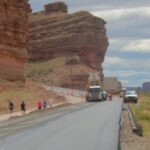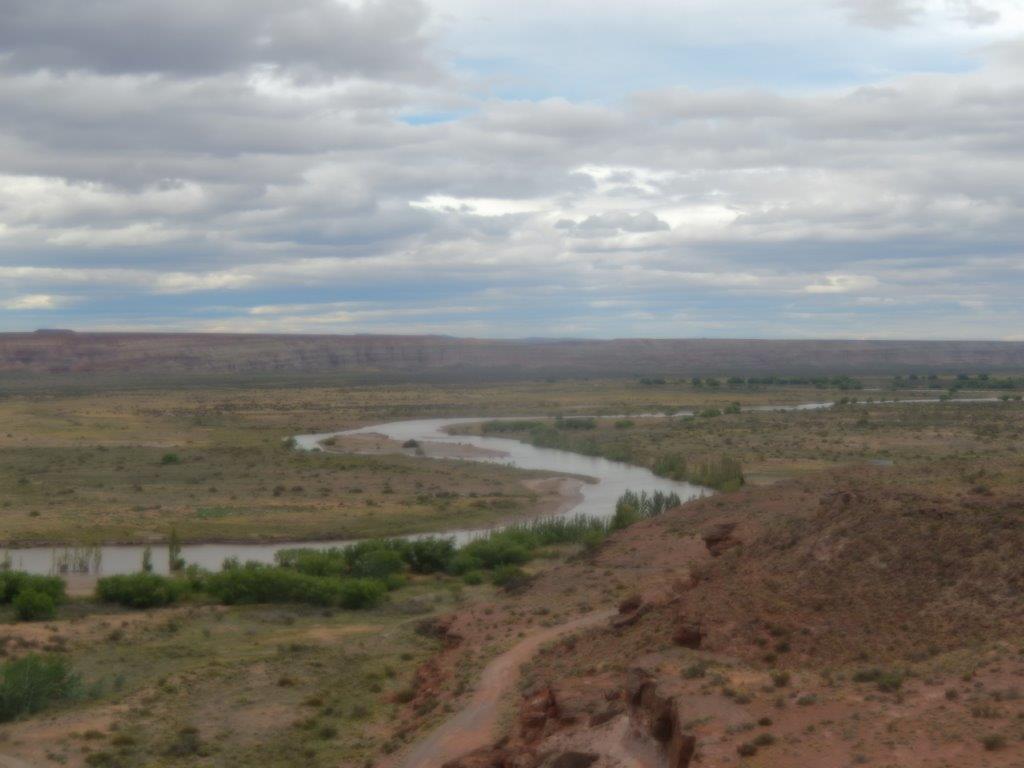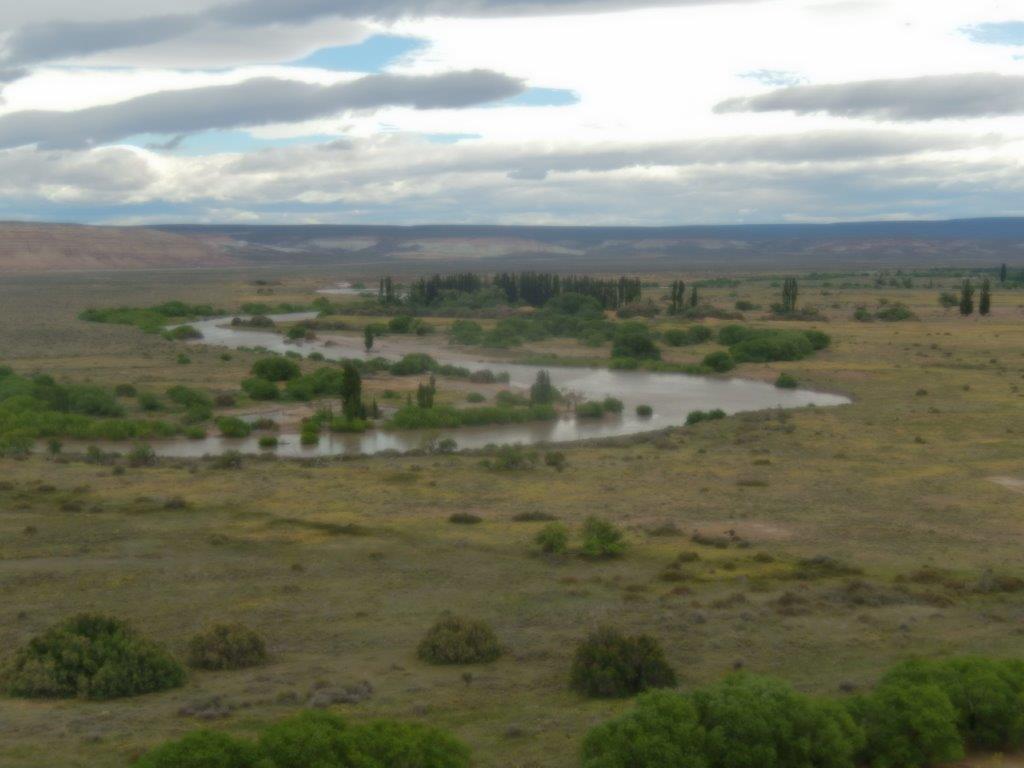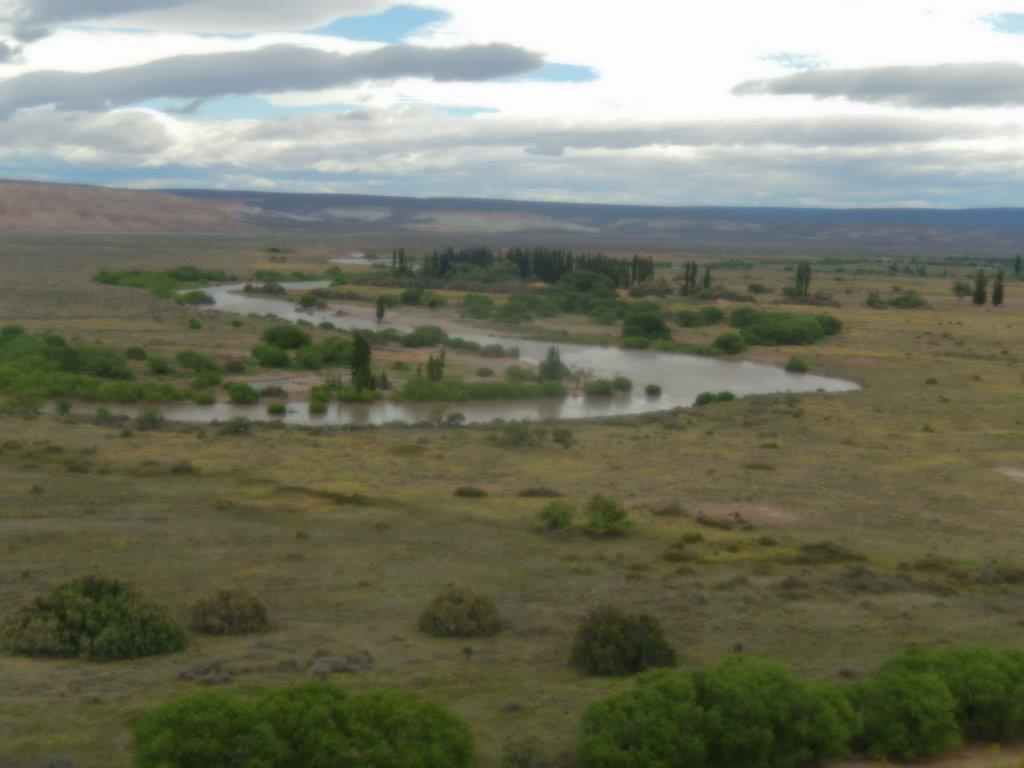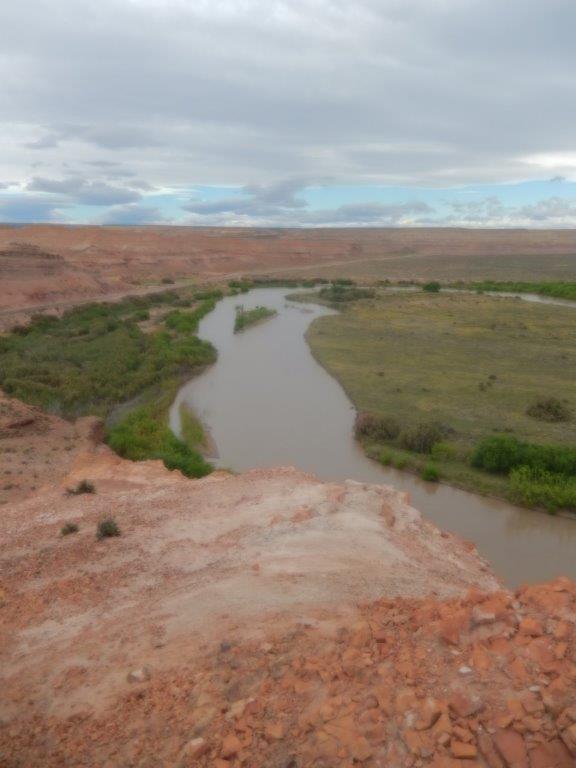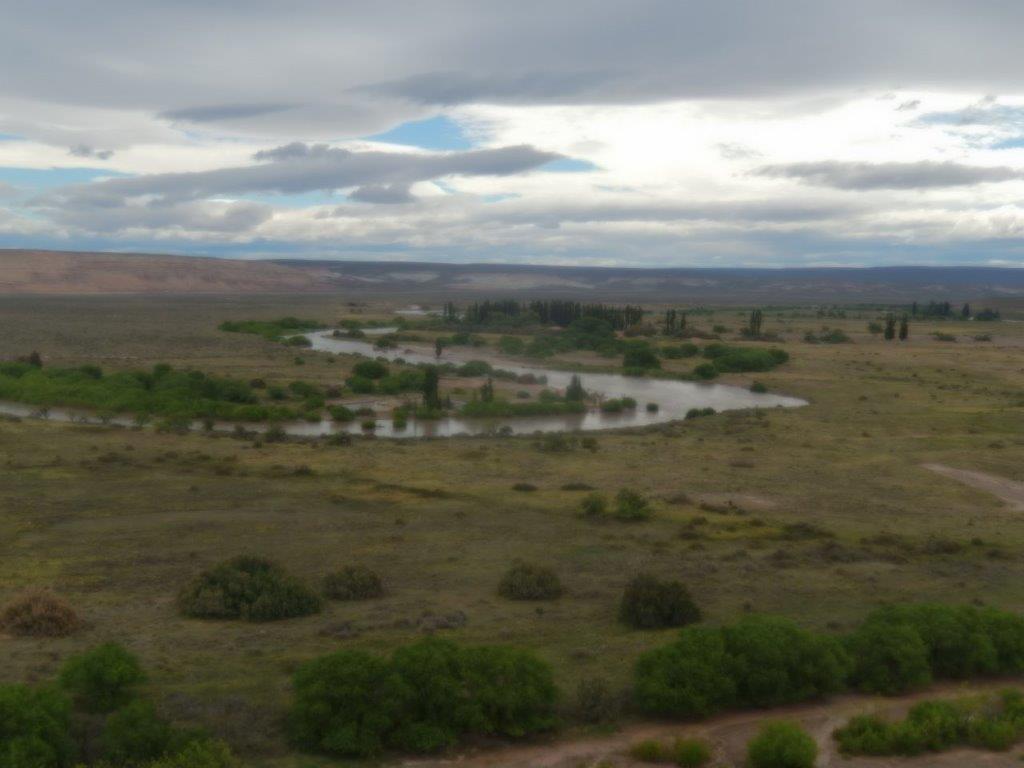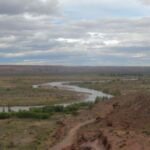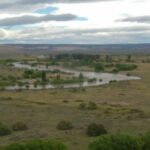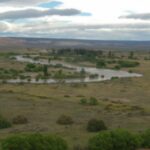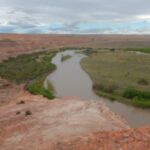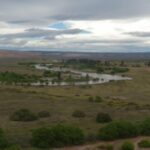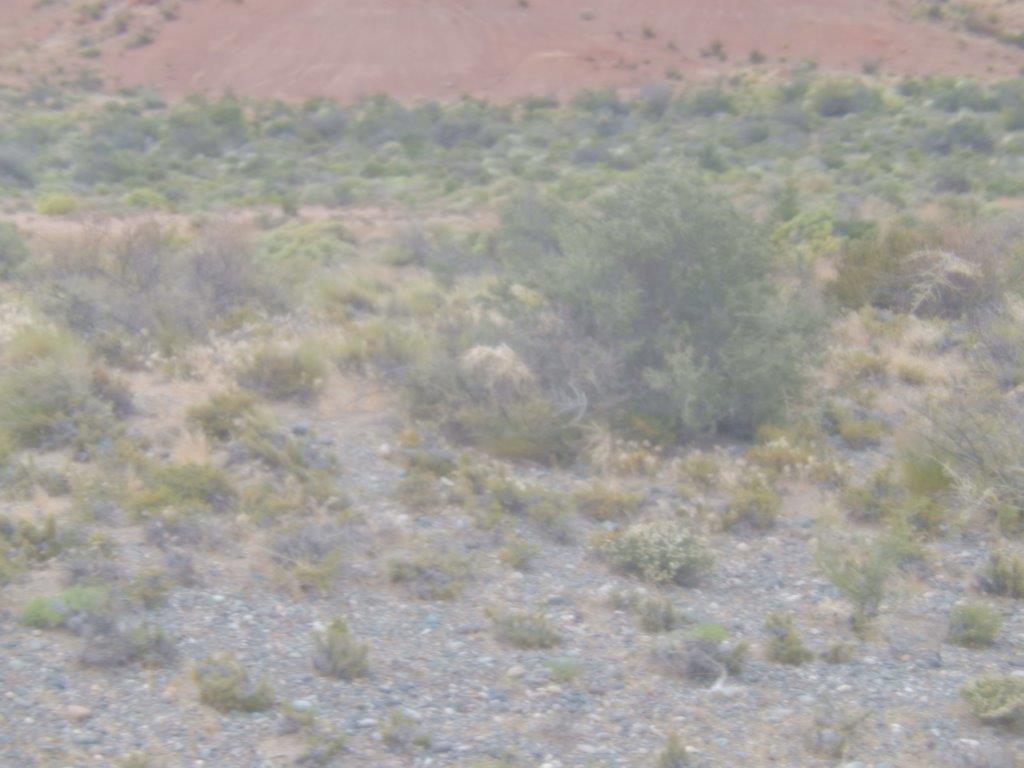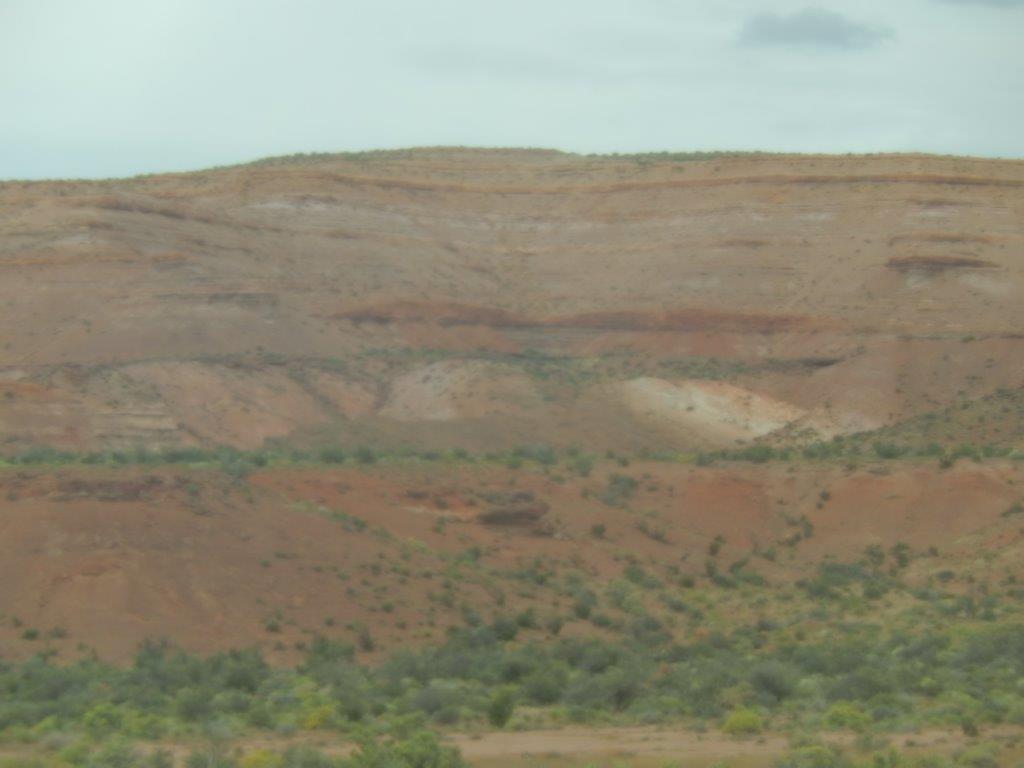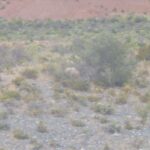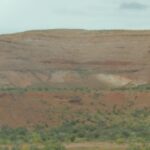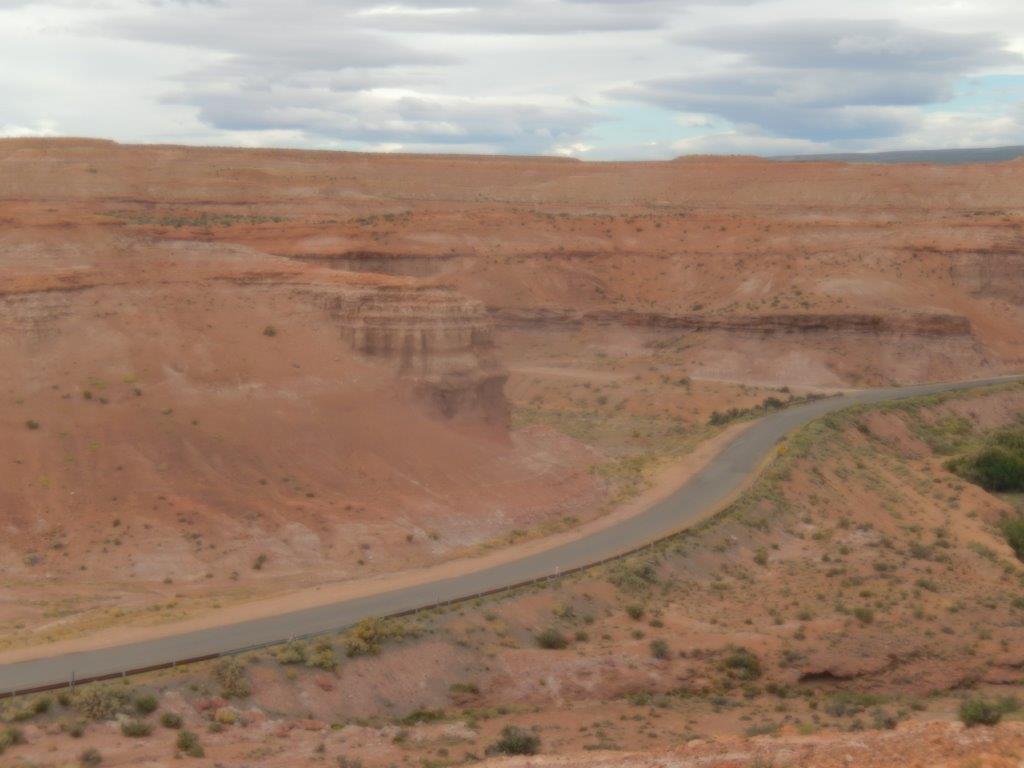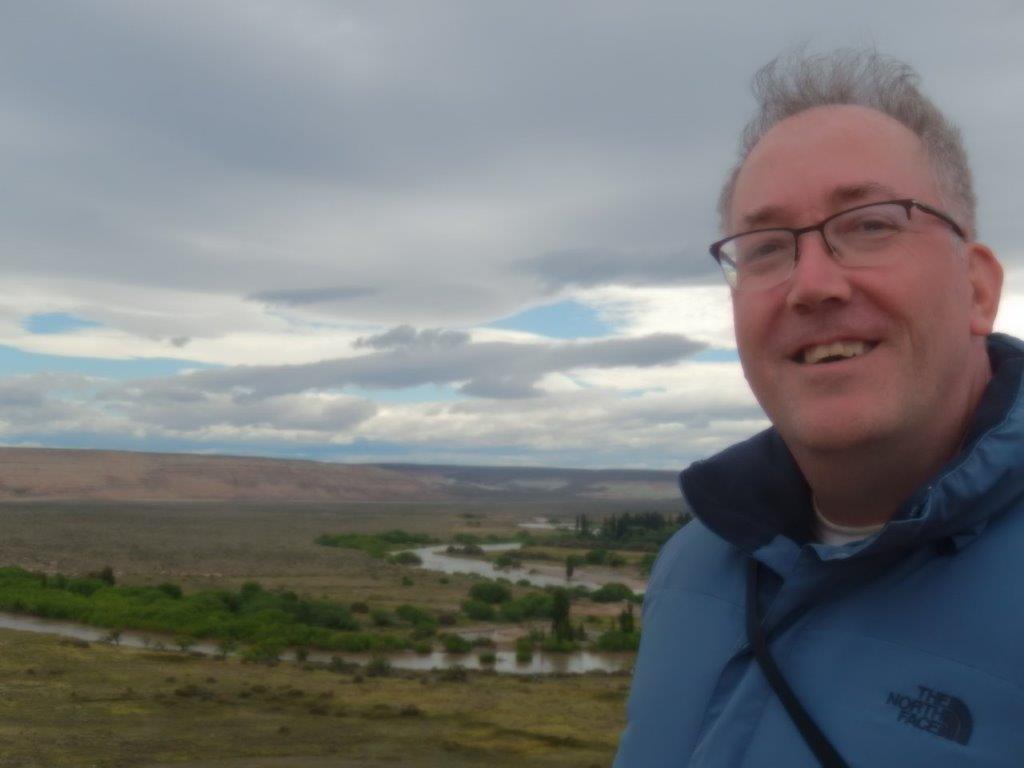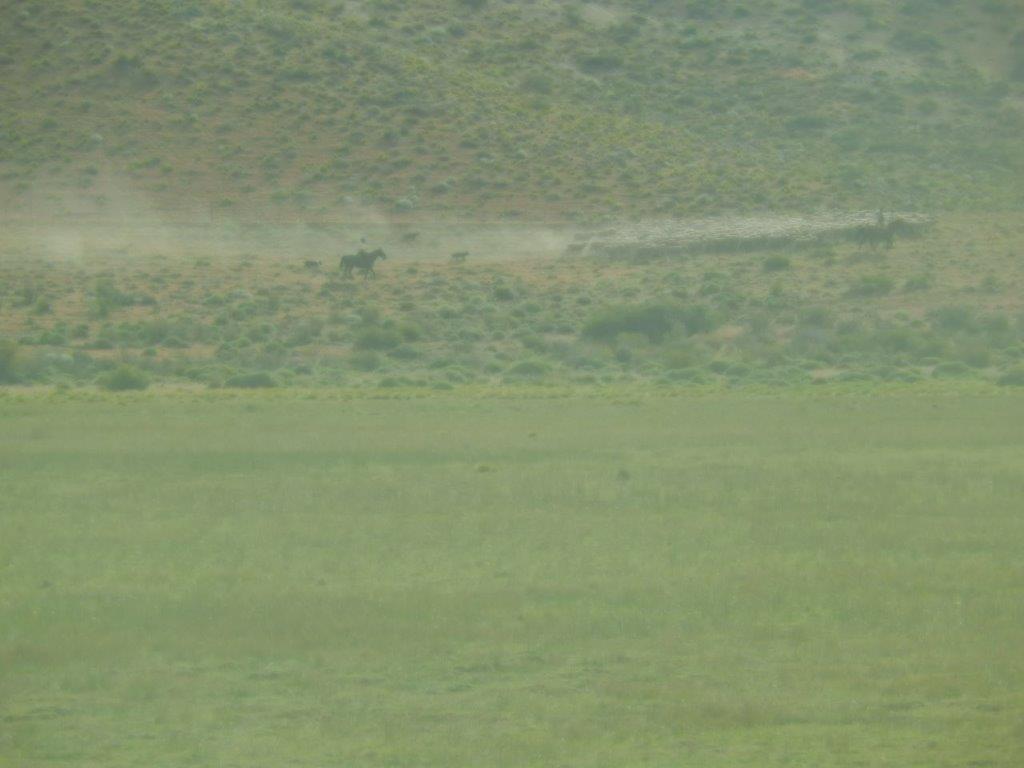10. Argentina: Roadtrip part 2 – Crossing the Patagonian Desert in the wake of Welsh explorers
It was a perfect stop for a lunch near the Chubut river. A few hidden picknick tables and benches in the shade of some trees. Great spot for a quick lunch including water and some granola, fruit pulp and yoghurt bars.
Then The Wandelgek went on and entered the desert. After Dolovan the landscape dried up…
The Patagonian desert
The largest part of Patagonia is the Desert or Steppe plateau which is like a semi arid half desert.
The main direction of the wind and thus of the rain is from west to east. In the westvare the Andes mountains and almost all rainfall is on the western slopes of the Andes, leaving the dry air to pass over the desert.
There are almost no trees and those that are there are not native but were planted, often to protect a farm house against the wind and sun and near to a riverbank because they need water. Only small bushes are native.
The Patagonian Desert, also known as the Patagonian Steppe, is the largest desert in Argentina and is the 8th largest desert in the world by area, occupying 673,000 square kilometers (260,000 mi2). It is located primarily in Argentina and is bounded by the Andes, to its west, and the Atlantic Ocean to its east, in the region of Patagonia, southern Argentina. To the north the desert grades into the Cuyo Region and the Monte. The central parts of the steppe are dominated by shrubby and herbaceous plant species albeit to the west, where precipitation is higher, bushes are replaced by grasses.
Topographically the deserts consist of alternating tablelands and massifs dissected by river valleys and canyons. The more western parts of the steppe host lakes of glacial origin and grades into barren mountains or cold temperate forests along valleys.
The Wandelgek had entered a huge valley of the River Chubut which nowadays was a meager little stream, but long ago had been a vast, wild river. The valley was much wider than appropriate for this tiny river but its history explained why the valley was so wide. This area was a true treasure trove for archeologists. Lots of dinosaur bones and other fossils. If you would advance about 20 kilometers south into this desert area, you would arrive where the bones of the gigantic dinosaur at Trelew were found…
Desert flowers on small thorn bushes are typical desert vegetation. These sturdy plants can withstand the contant wind and need only a bit of water to survive…
There were steep rock walls of table mountain like hills, rising from the Chubut valley…
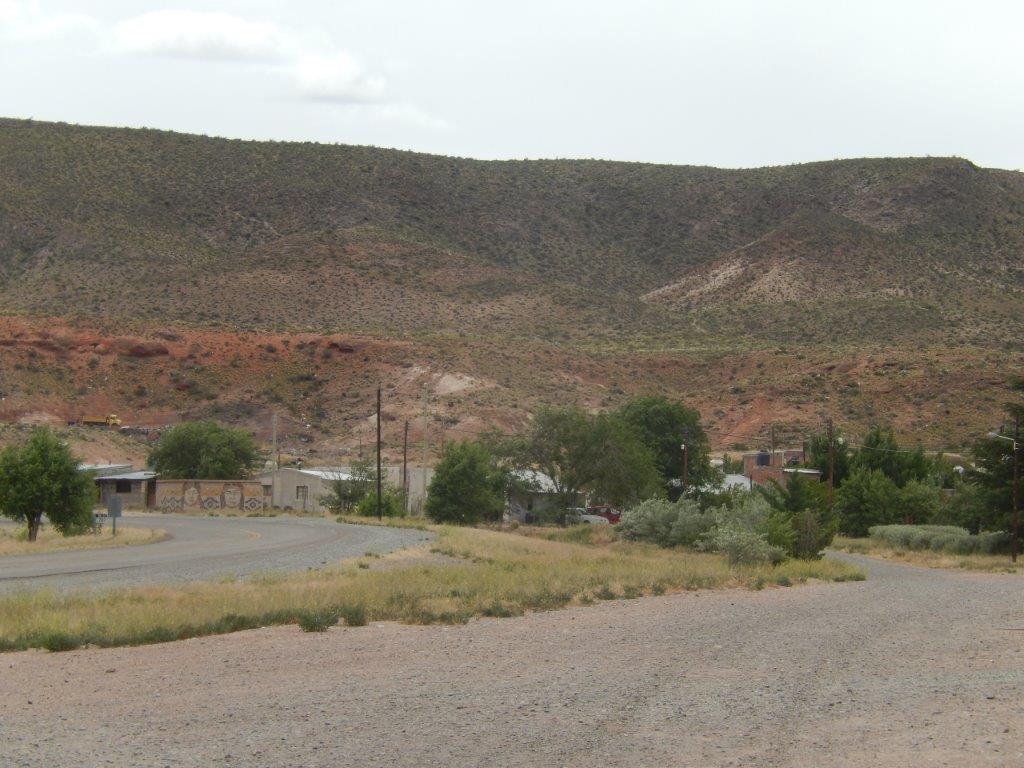 Just past Las Plumas the RN 25 crossed the River Chubut…
Just past Las Plumas the RN 25 crossed the River Chubut…
It was not much of a river but it was bordered by trees which was a welcoming sight in the Patagonian desert.
Then the desert landscape opened up in its full glory. Some people might think it monotonous but The Wandelgek simply loves it. It is far from monotonous if you know where to look at and what to look for. The shape of the rocks and the colorful play of the sunlight with the earthy colors of the rocks and the land is fascinating. It is one of the very best landscapes to observe what wind, rain, ice and water can do to a landscape given the chance for them to torture, whiplash, scratch and scrape its surface for millions of years…
The more The Wandelgek advanced into the interior of Patagonia, the further he got removed from the Atlantic coast, the less green and the drier the land got.
This area was named Los Altares (The altars) and you can easily see why…
The Wandelgek loves roads that vanish into infinity and this desert road was such a road…
At some point near some steep cliffs, the well tarred road changed into a gravel road and The Wandelgek saw workers who were tarring this section of the road.
The Wandelgek therefore started a walk of a few kilometers passed the roadworks so the bus he had been travelling on could drive lightweight beside the road to a location passed the roadworks as well.
It reminded The Wandelgek of a quite similar walk on a much worse road in the middle of the Himalayas, when he was travelling from Tibet to Nepal.
I’m sorry but for now you still need Google translate to translate into English.
There were no roadworks, but goats and sheep herds were clogging the road as they were travelling from the high pastures of Tibet towards the deep vales of Nepal in Fall. To pass these herds, the drivers of our Toyota landcruisers thought it wise to let us walk and carefully honking the horns, pass these animals of which quite a few jumped into the abyss (no … no animals were killed).
The Wandelgek really enjoyed this walk where he had the river Chubut to his right and the table like mountains of Los Altares to his left. The Chubut valley remained surprisingly green and fertile compared to the lands beyond…
The Wandelgek was now really walking in the footsteps of the ancient Welsh settlers, although they probably would not have stumbled upon these modern road repair machines…
Somehow it is just really relaxing to be on a vacation yourself, while overlooking other people working their butts off 🤣 I’m an evil human being😇
A bit further down the road was a stranded Ocean Steamer in the middle of the desert or so it seemed. A giant rock formation was shaped and moulded that way and from a certain angle, and I can imagine even more in foggy conditions, it really looked like a giant cruiseship.
Then The Wandelgek drove on towards the end of the Los Altares area, where he climbed upon a hill from where the view over the Chubut river valley…
The only trees visible were those near the riverbed. All other plants were thorny bushes surrounded by stone rubble…
The layers of rock were like the annual ring in a tree trunk. They were telling the story of a very ancient history of these lands…
After a last look around from this high vantage point, The Wandelgek descended and drove further west.
After a very long journey, The Wandelgek finally spotted a change in landscape far ahead. It started as a dark blue haze above the horizon, but the more he approached, the more that haze got darker blue and began to take the shape of a mountain range, much higher than the steep cliffs around the Chubut river he had seen before. This was his first view on the Andes Mountain Range, which is not the highest, but probably the longest mountain range in the world.
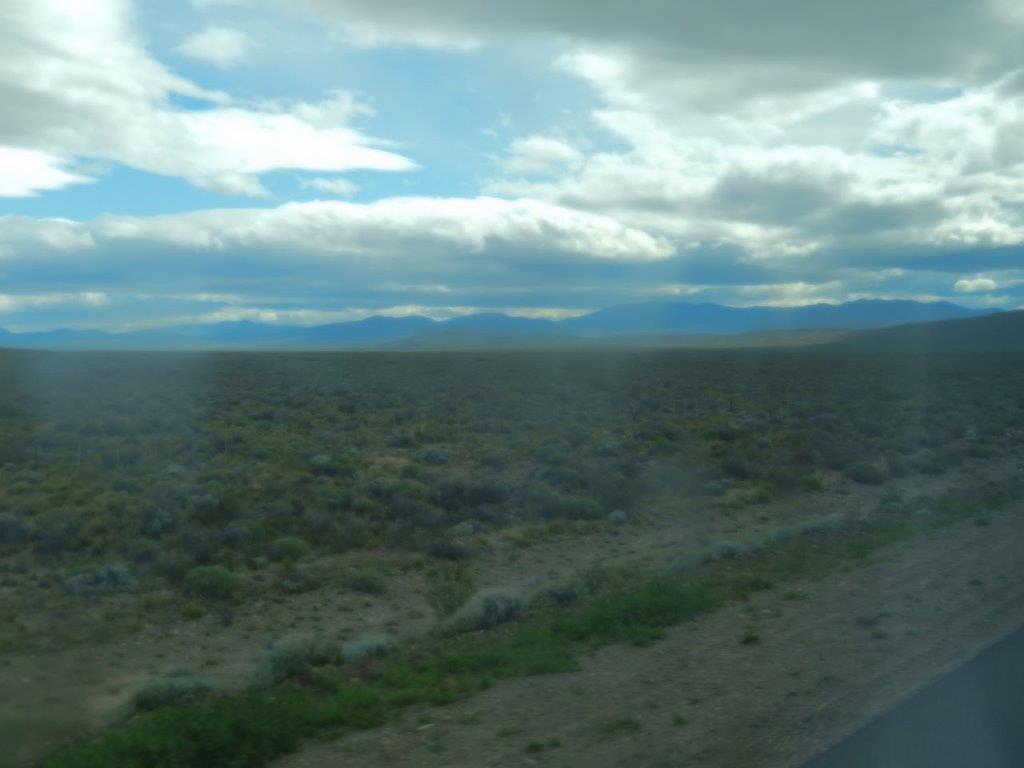 Near Trevellin, another Welsh colony, The Wandelgek turned north.
Near Trevellin, another Welsh colony, The Wandelgek turned north.
He also knew he was nearing his destination for that day. At the utmost rim of the Patagonian Desert and just before entering the Andes, was the Welsh colony of Esquel. But before he got there, he finally saw some signs of other than vegetation life forms. A few gauchos were herding a herd of sheep, moving slowly through the dust, trampled into the air by their hoofs.
Then The Wandelgek reached the outskirts of Esquel. Esquel and nearby Trevellin is where the Welsh settlers that crossed the desert via the Chubut river valley ended up building new colonies.
From Esquel, The Wandelgek could see the Andes and its white capped mountain tops. Almost there😍

